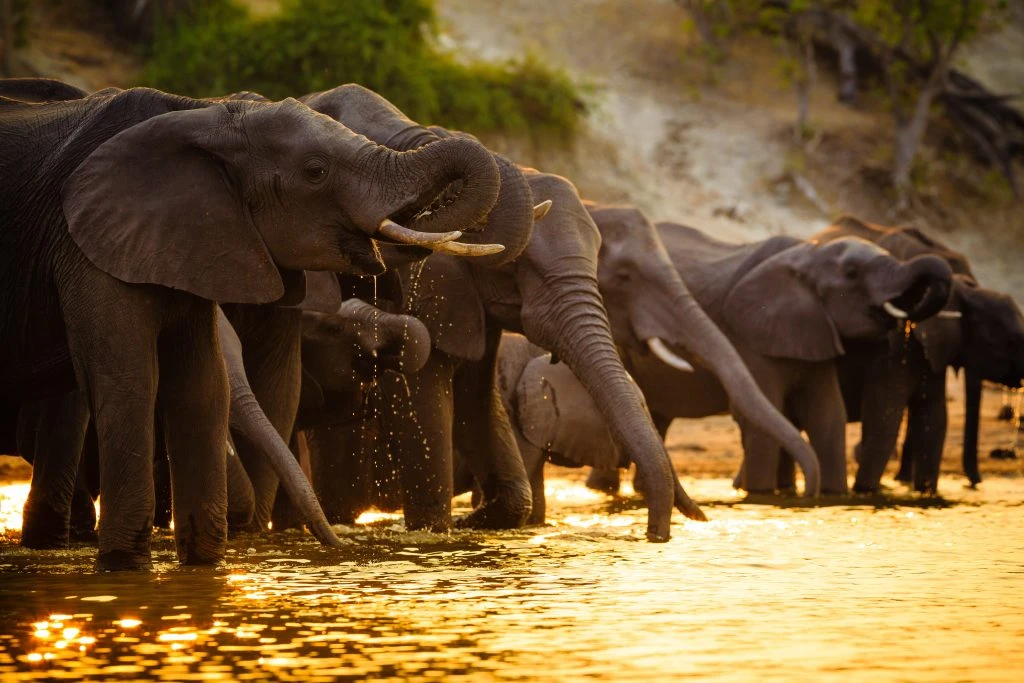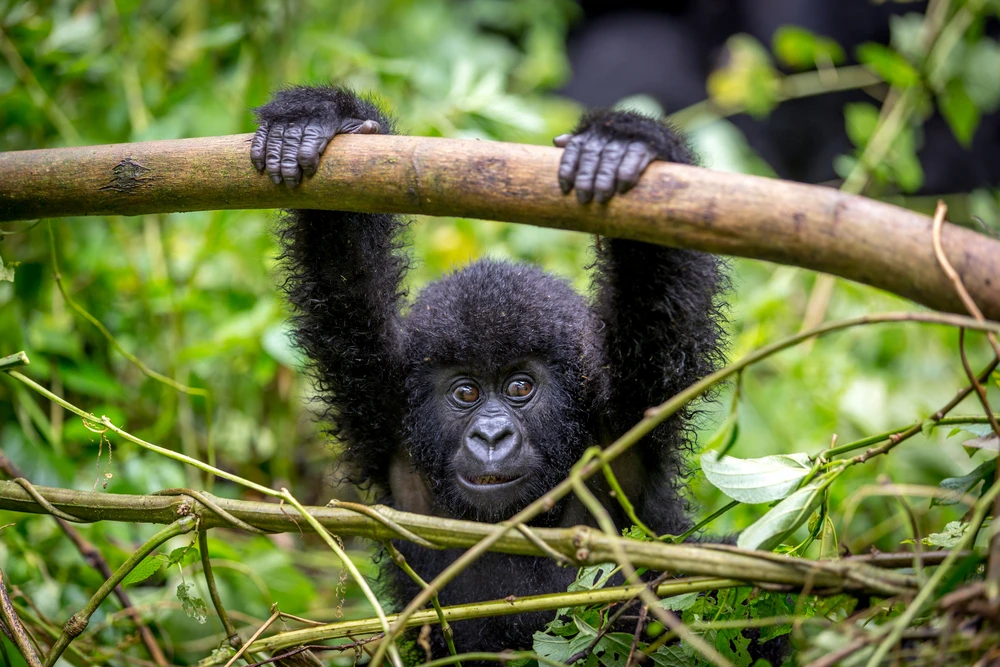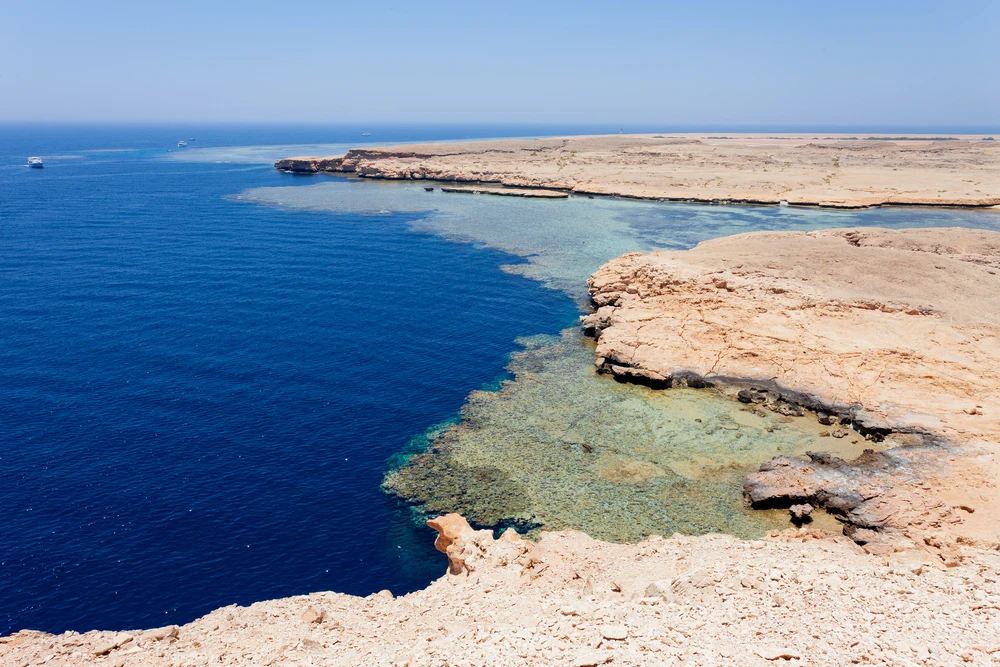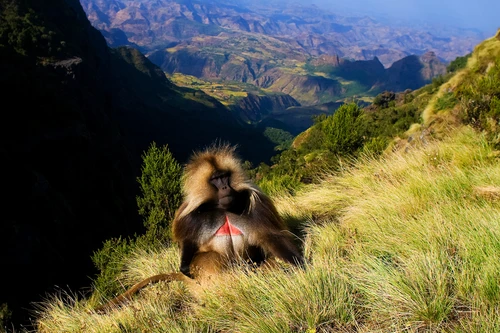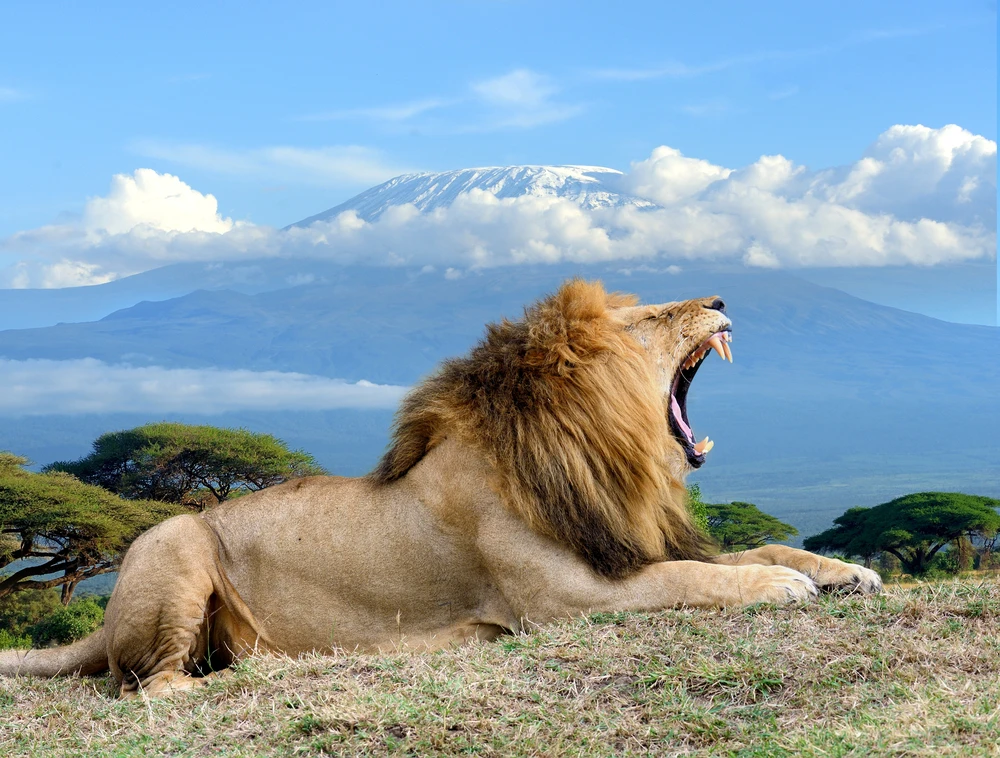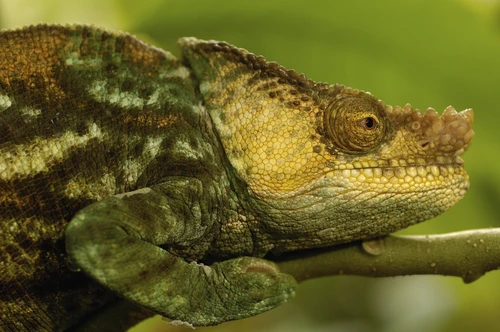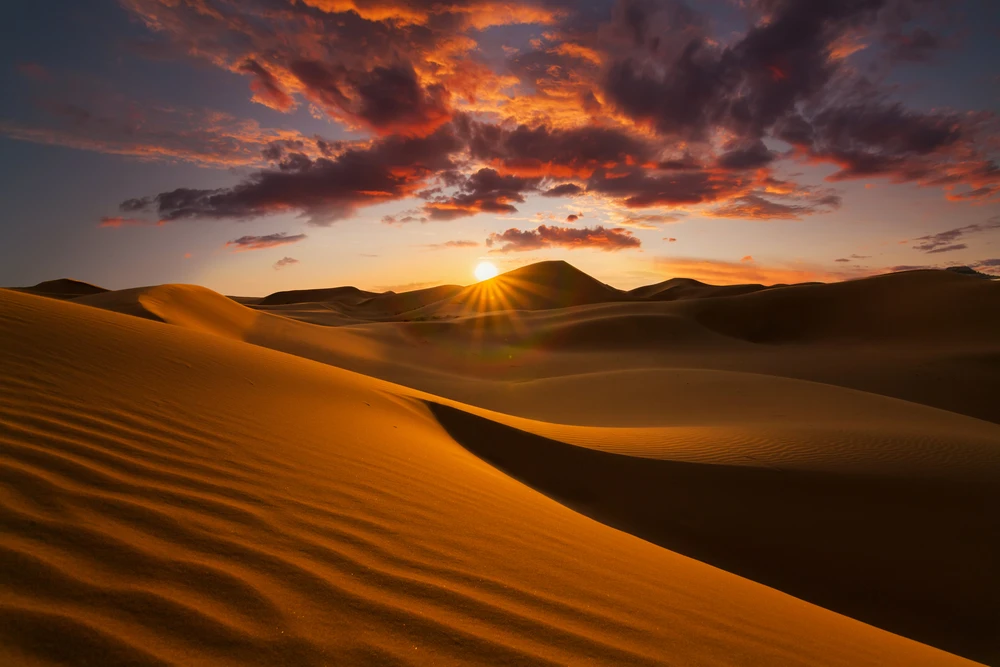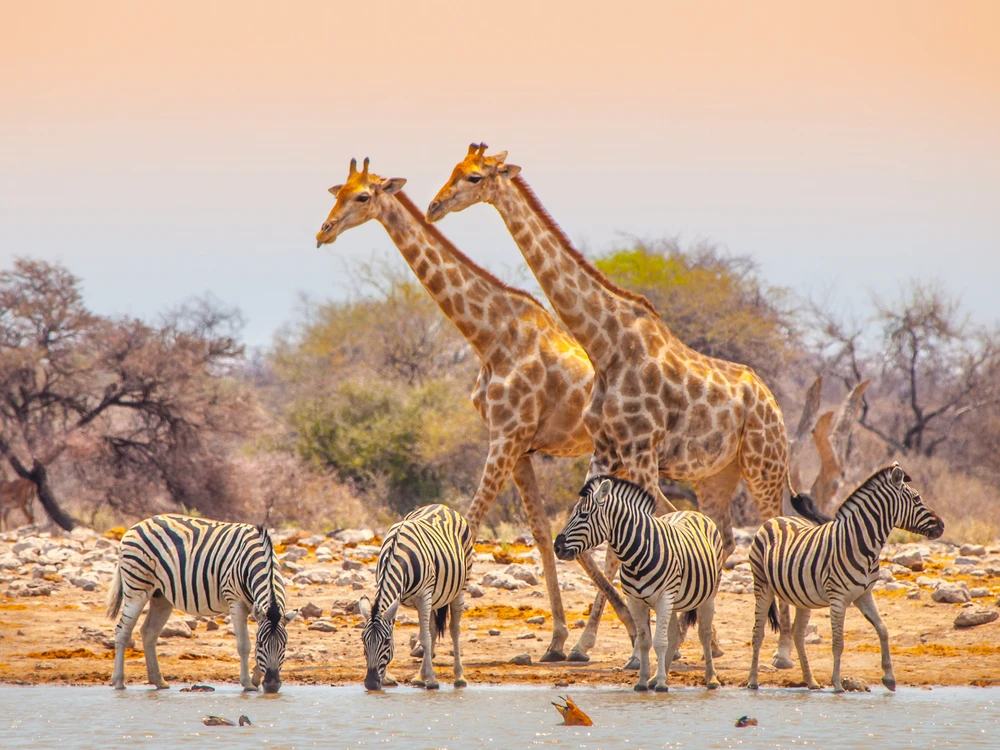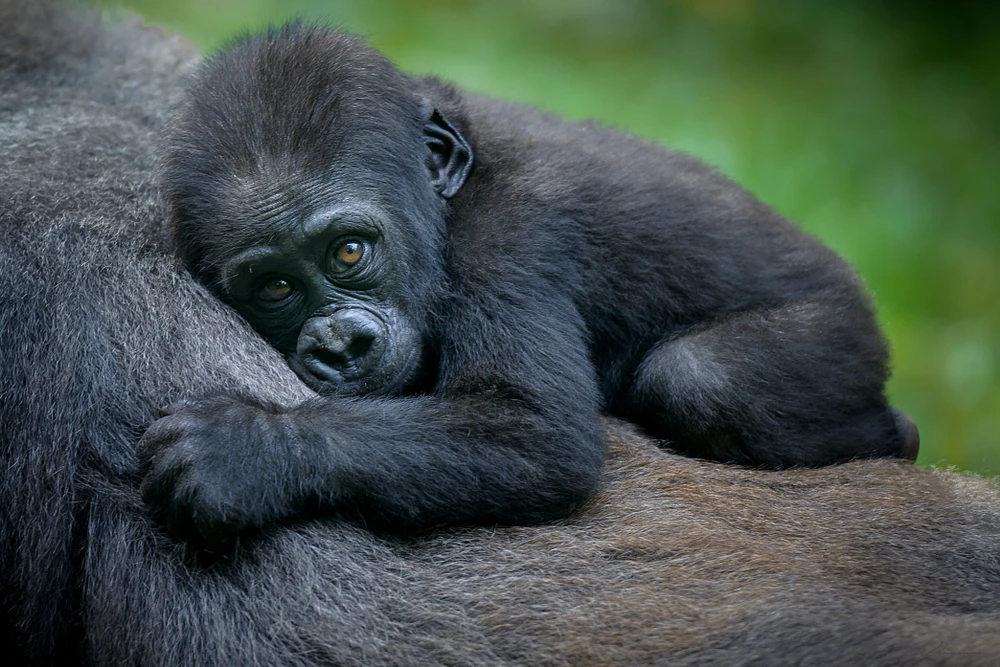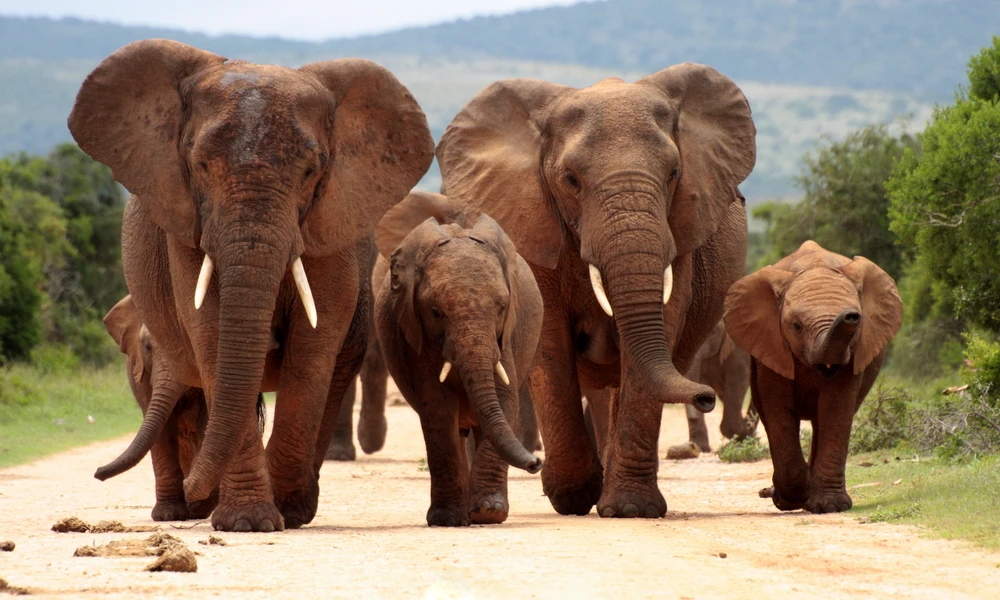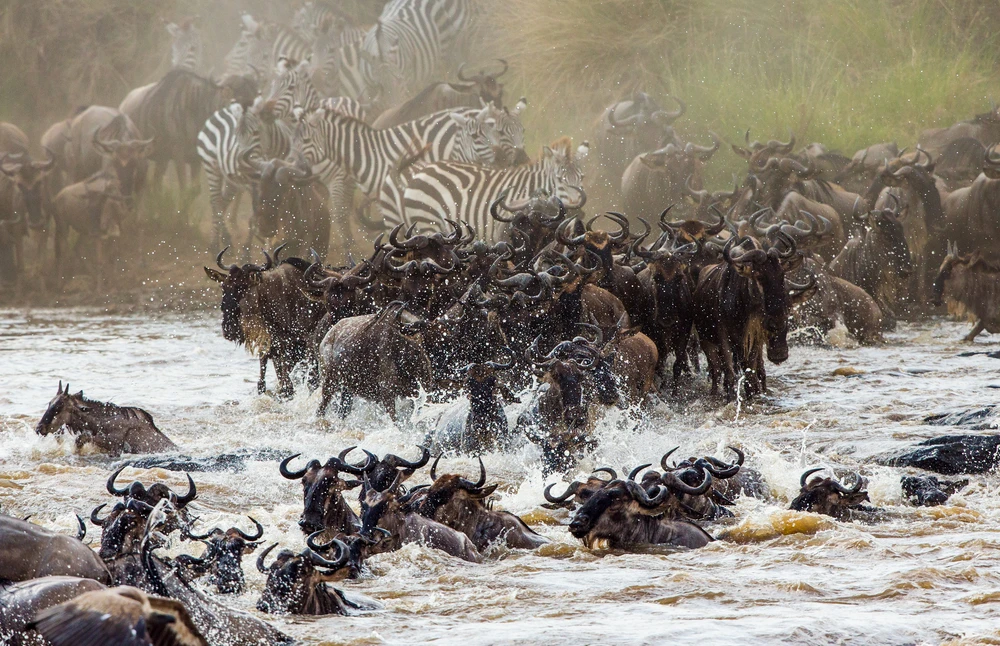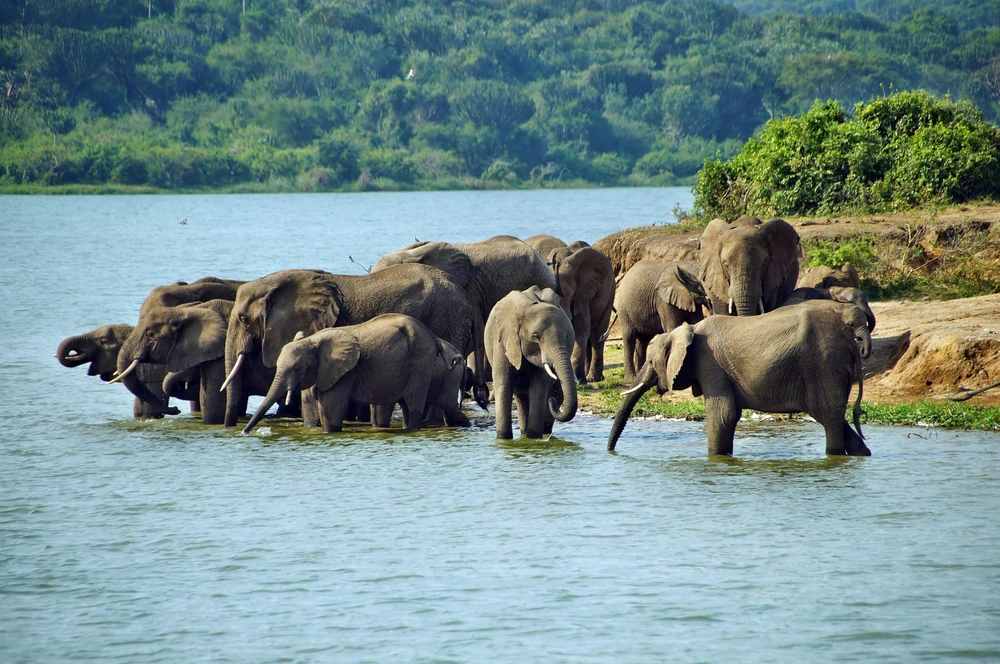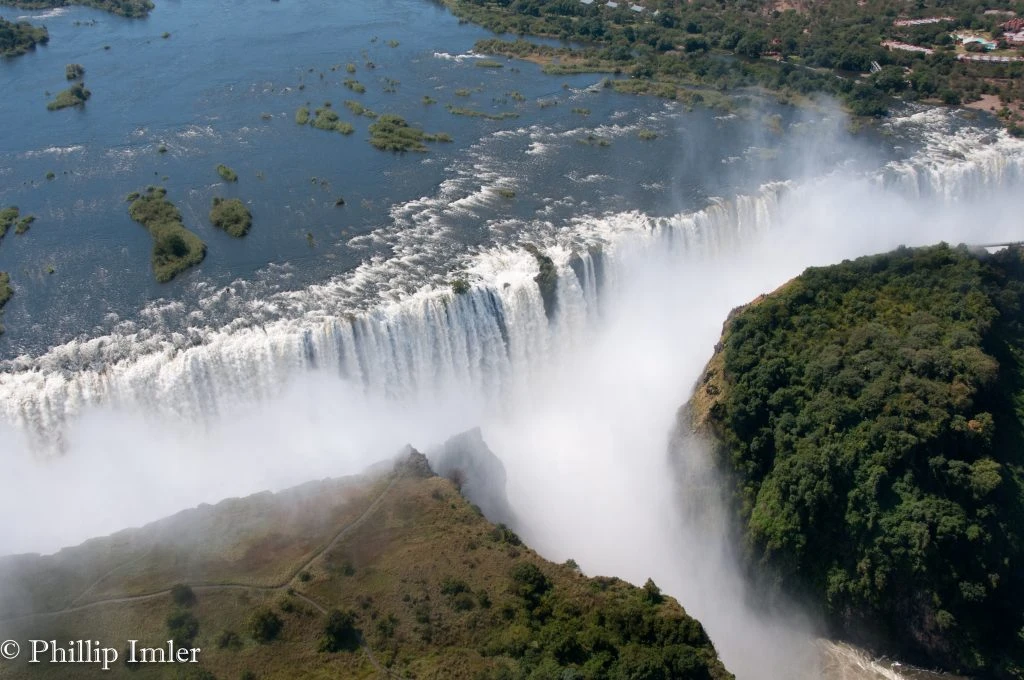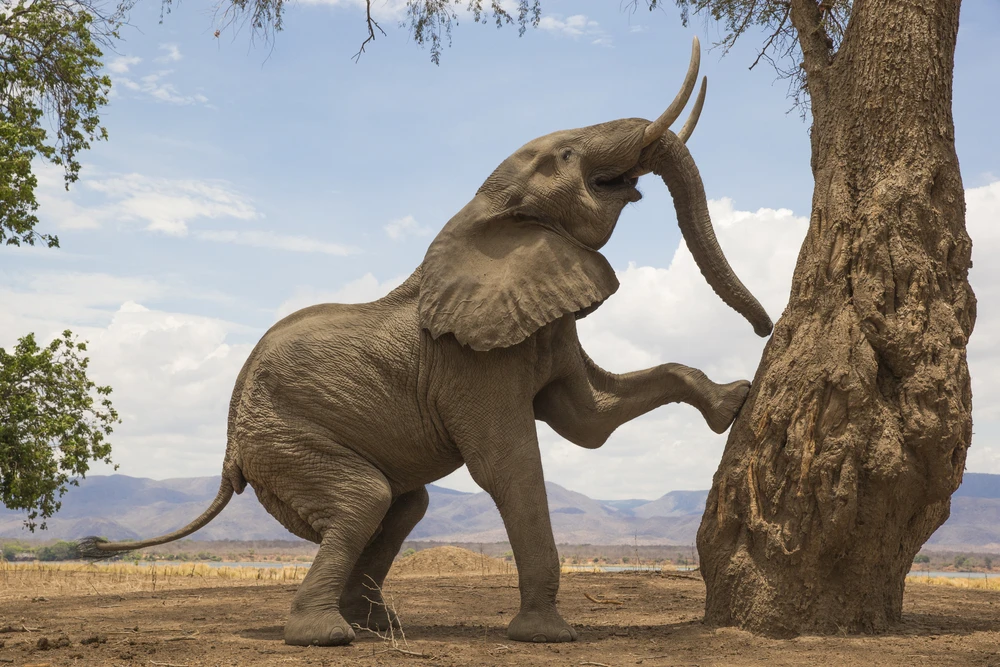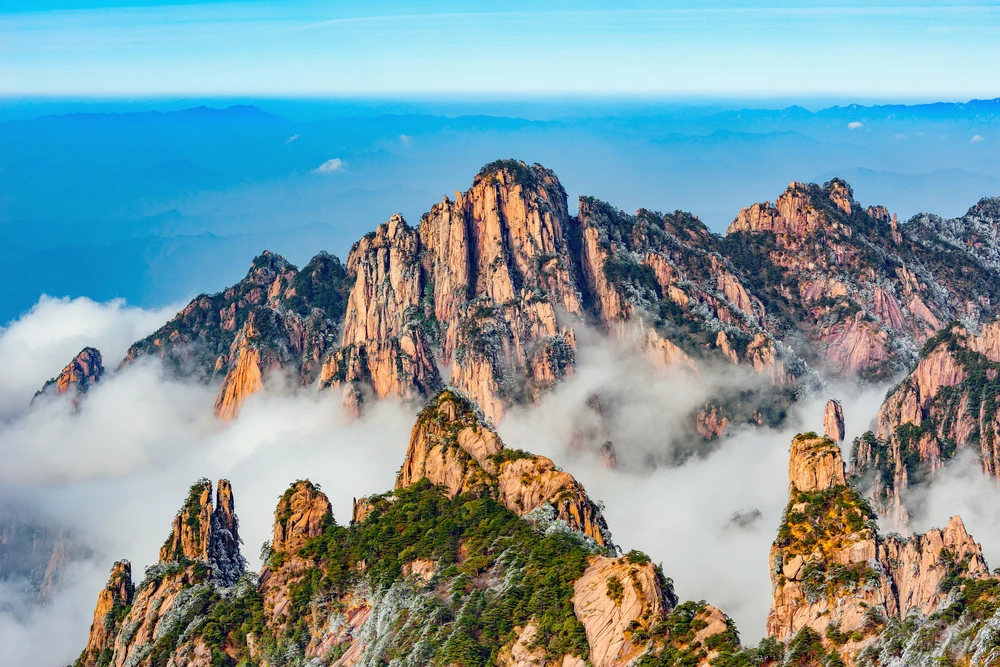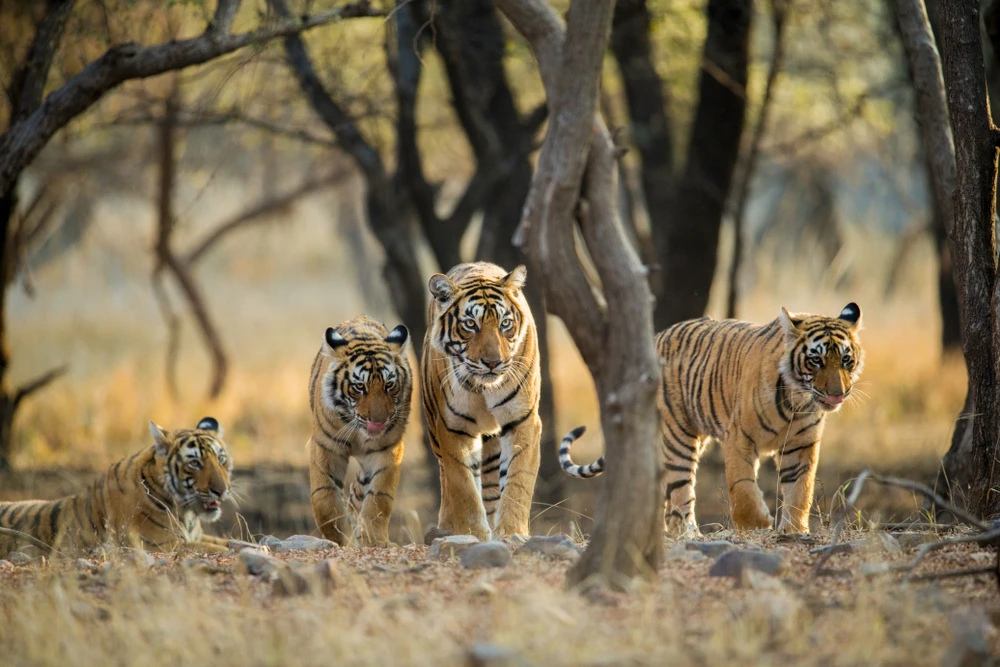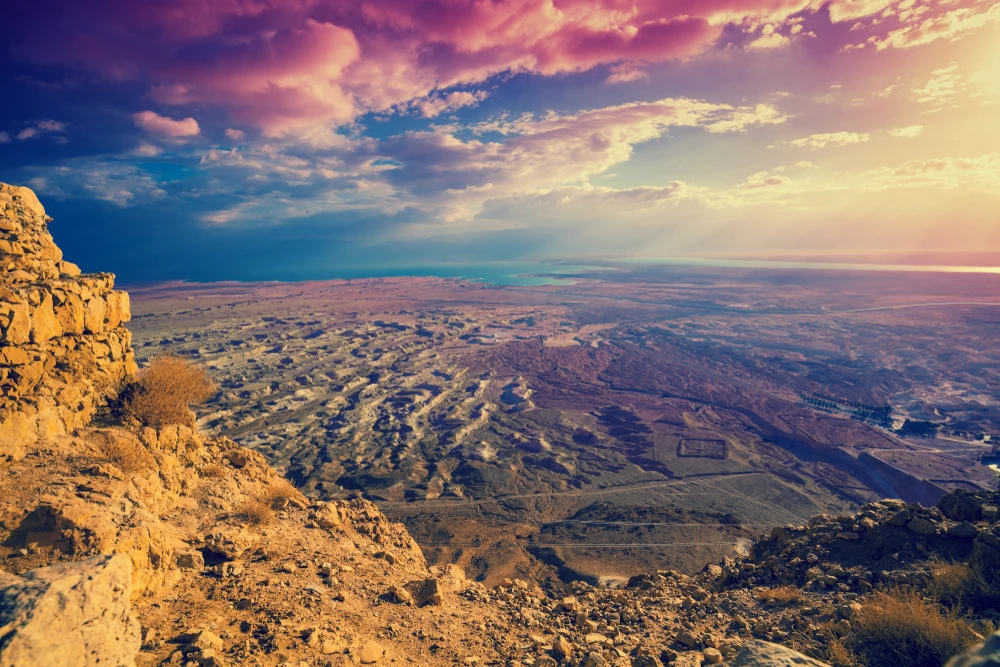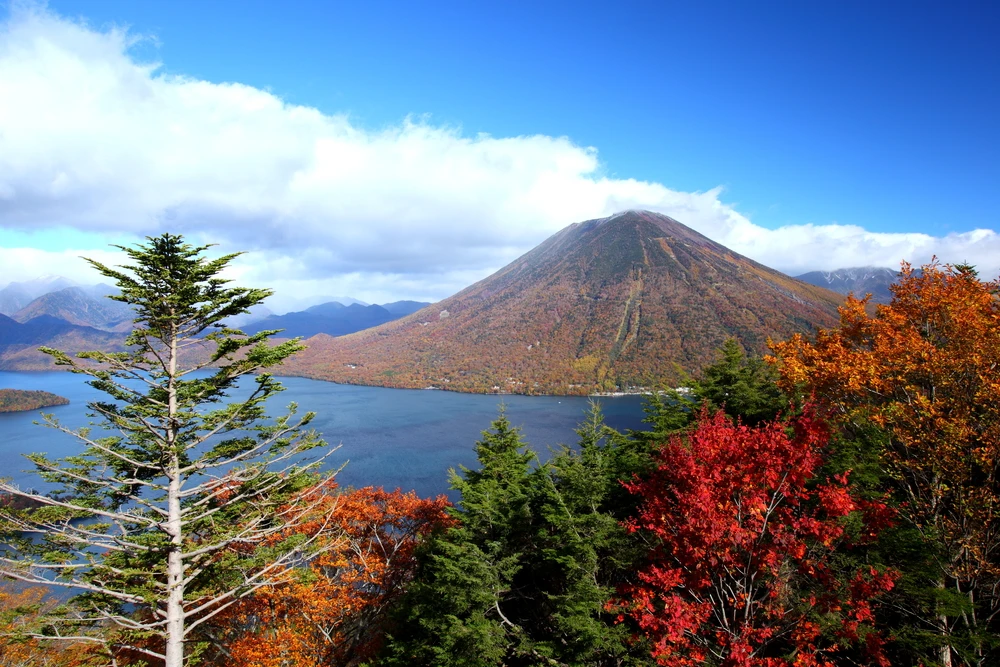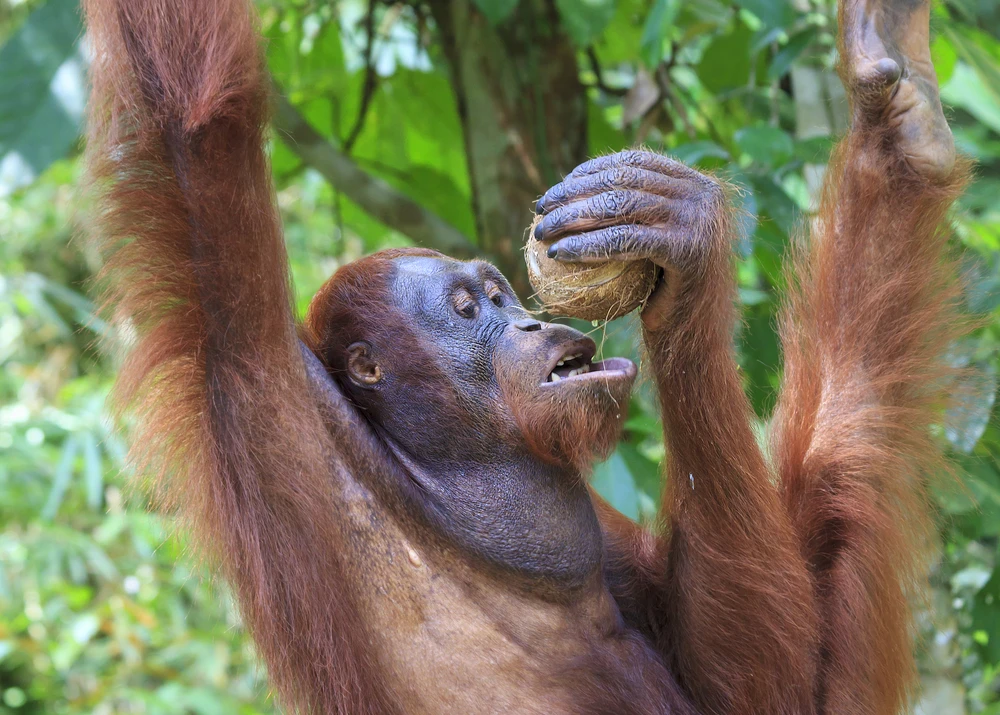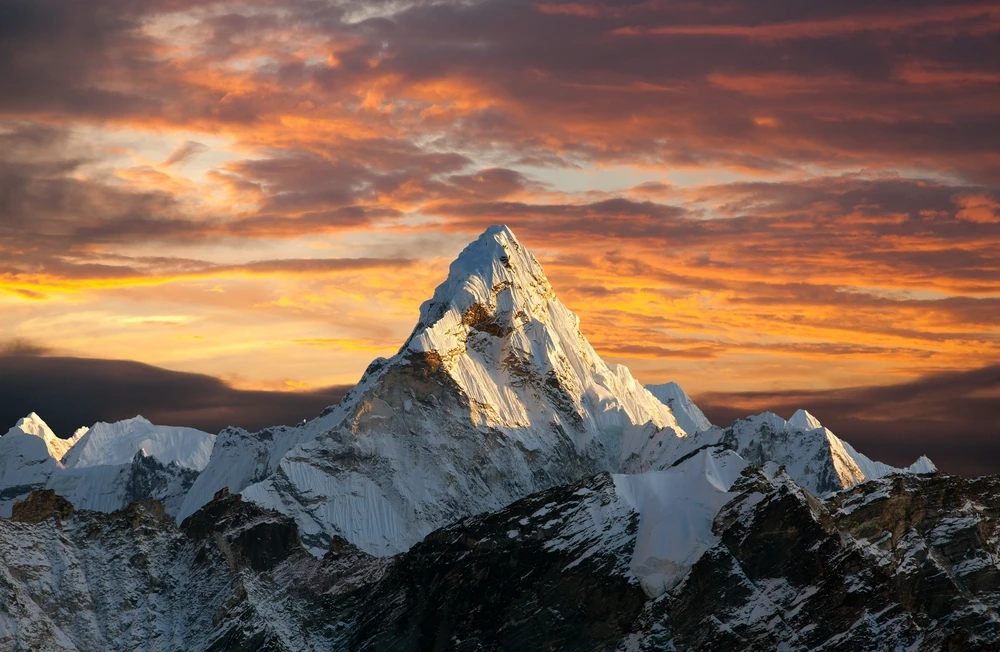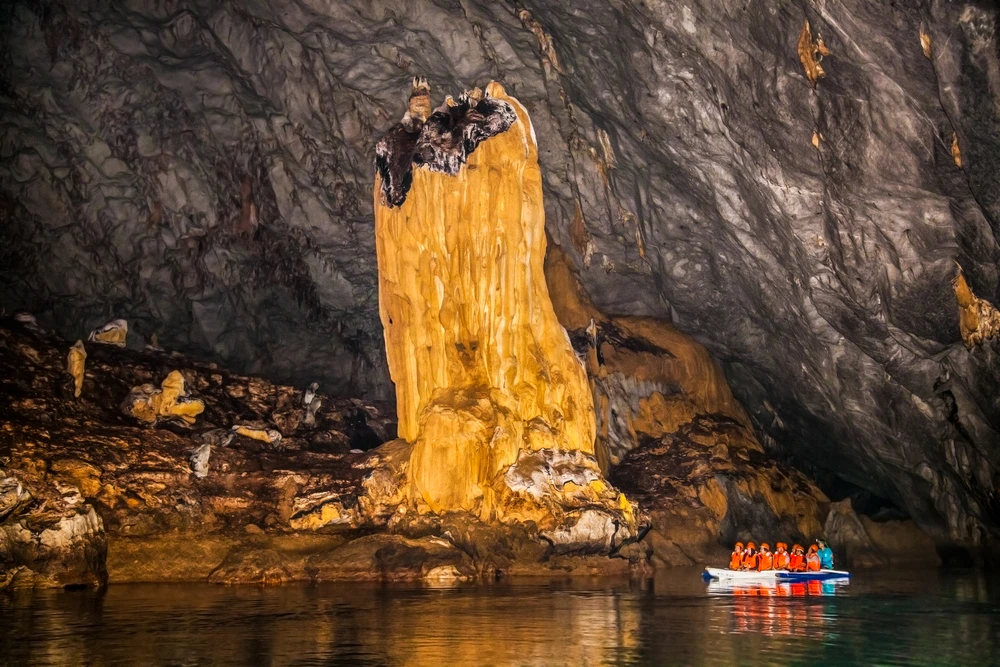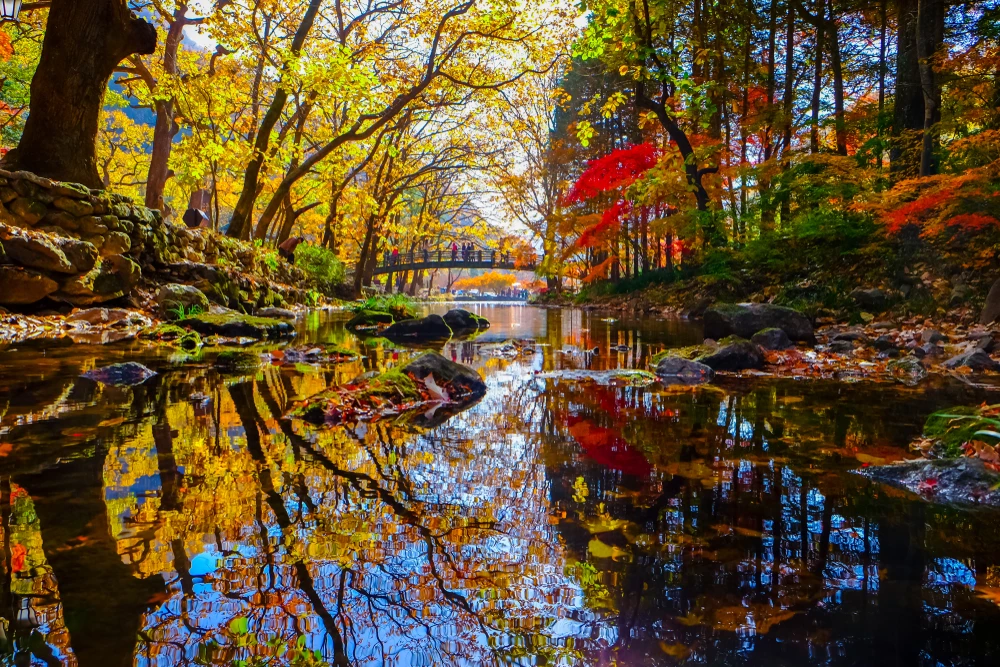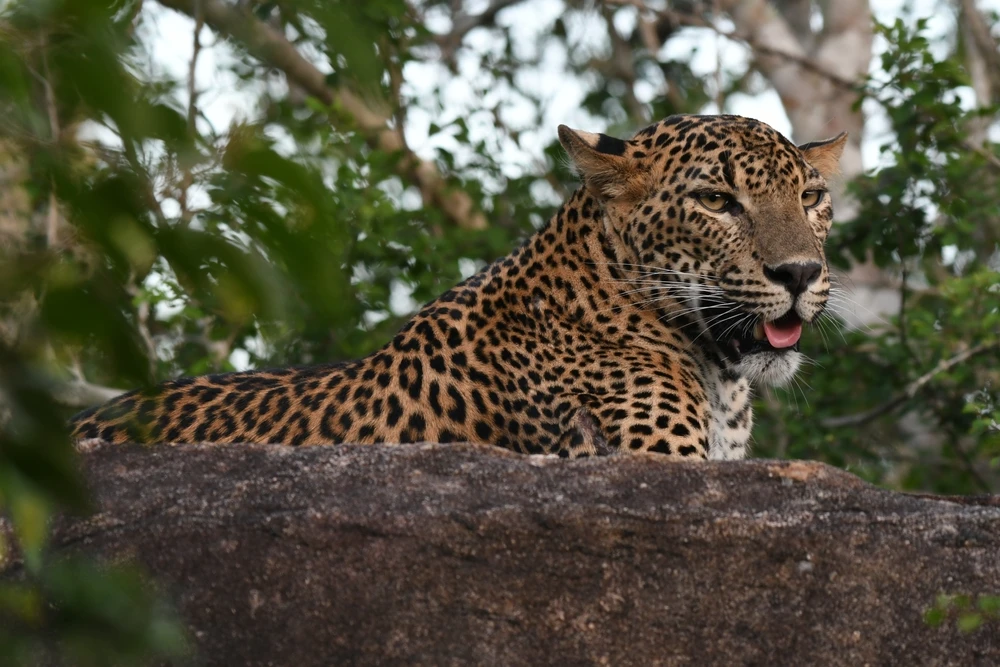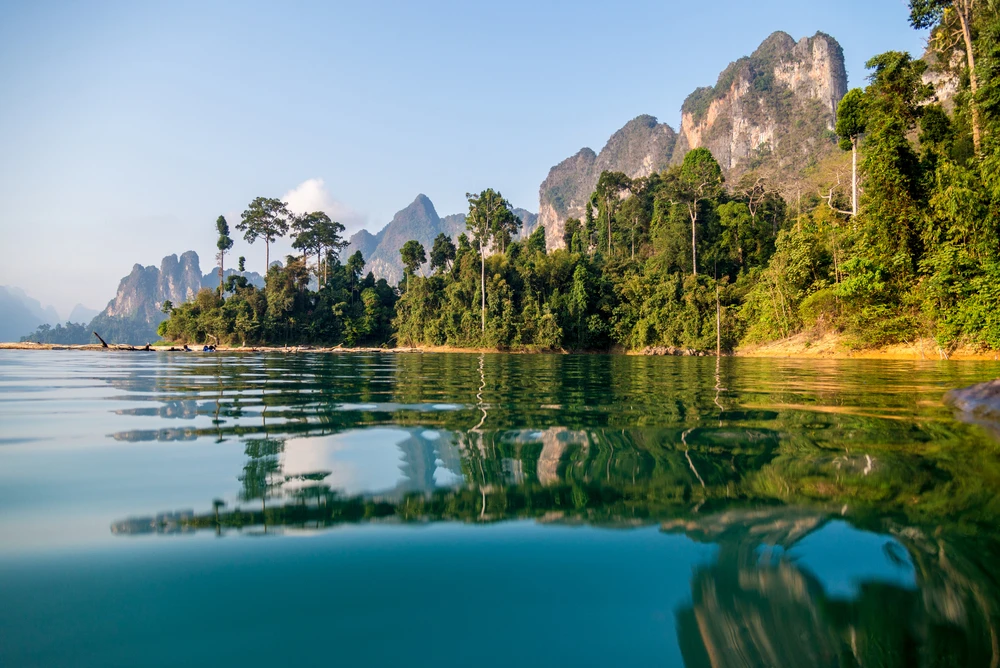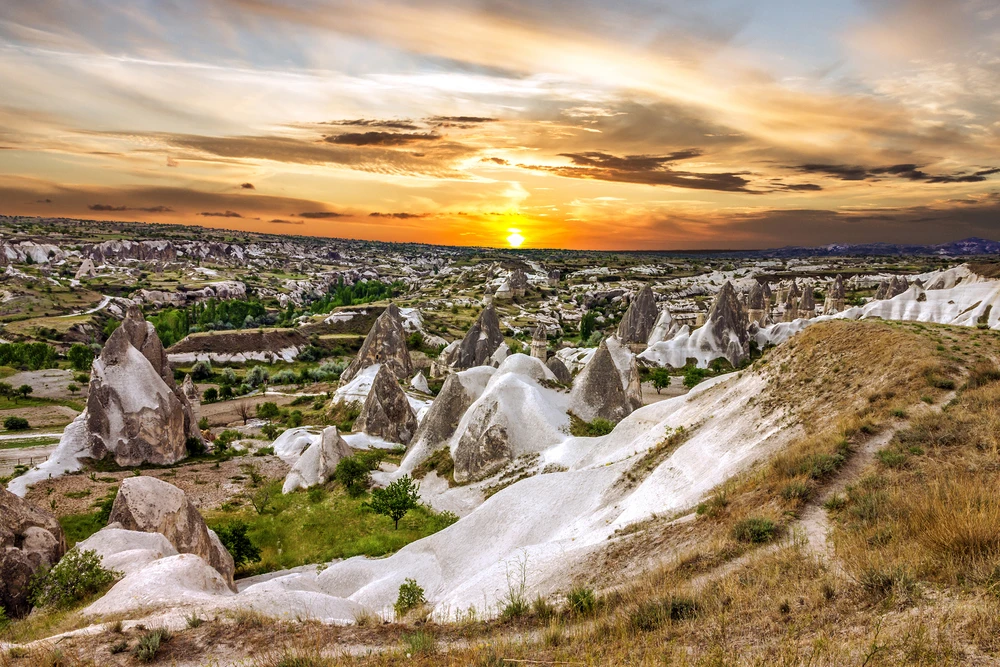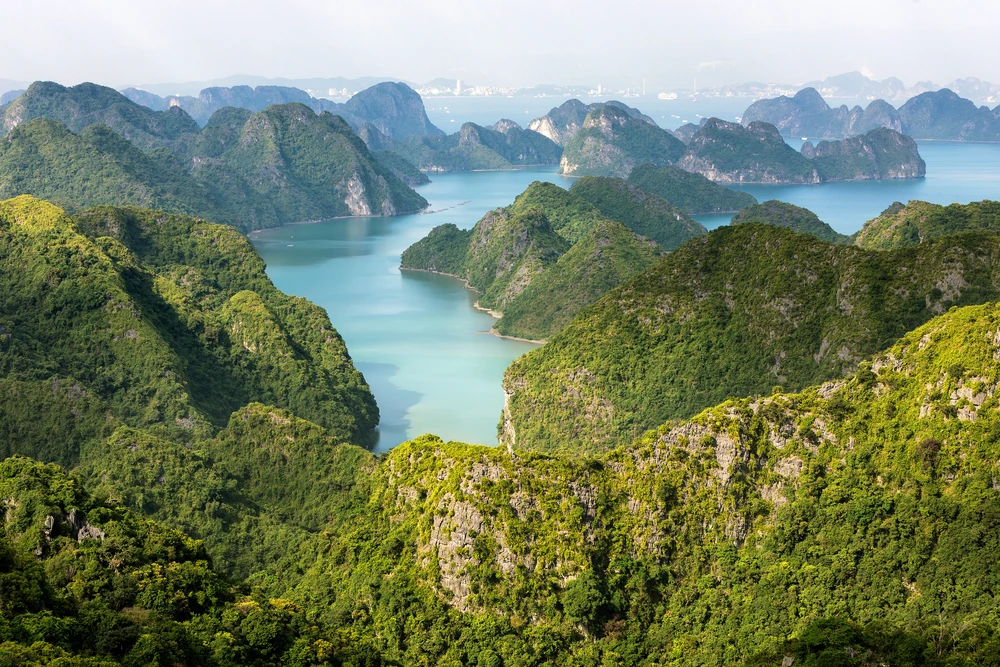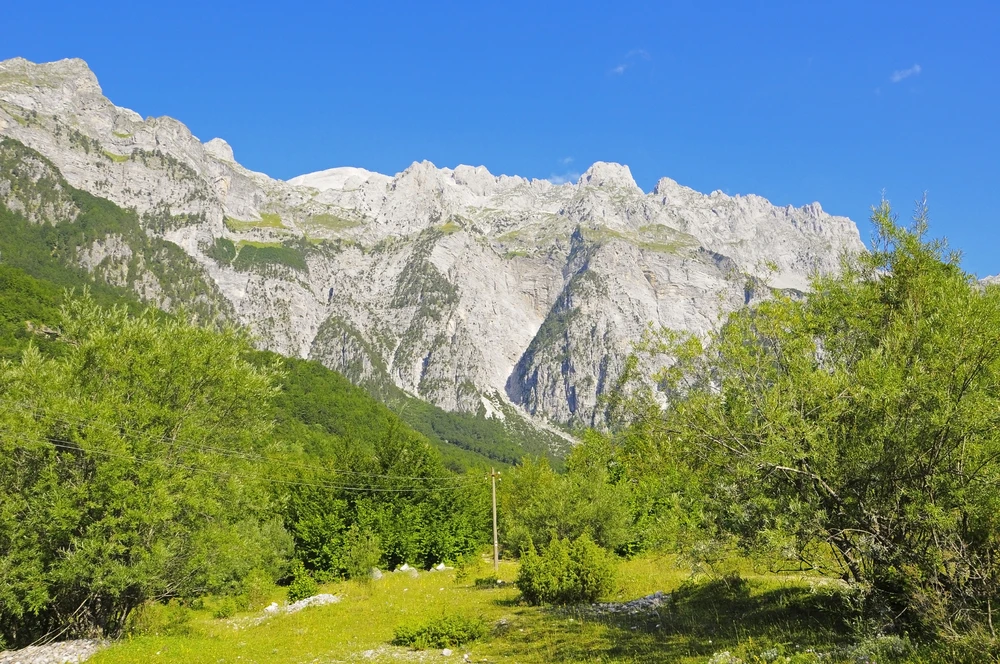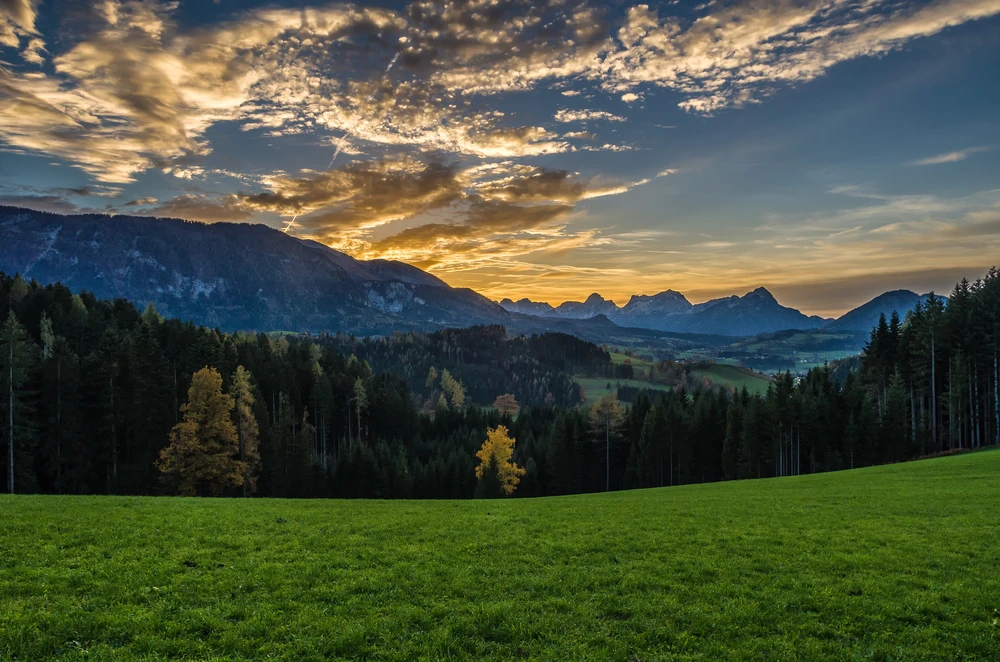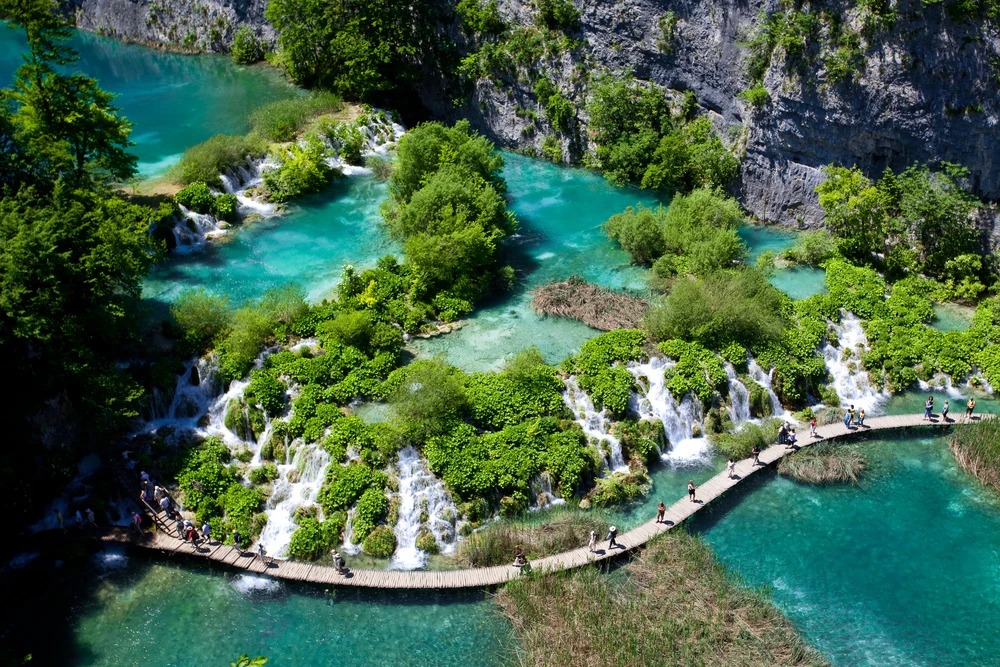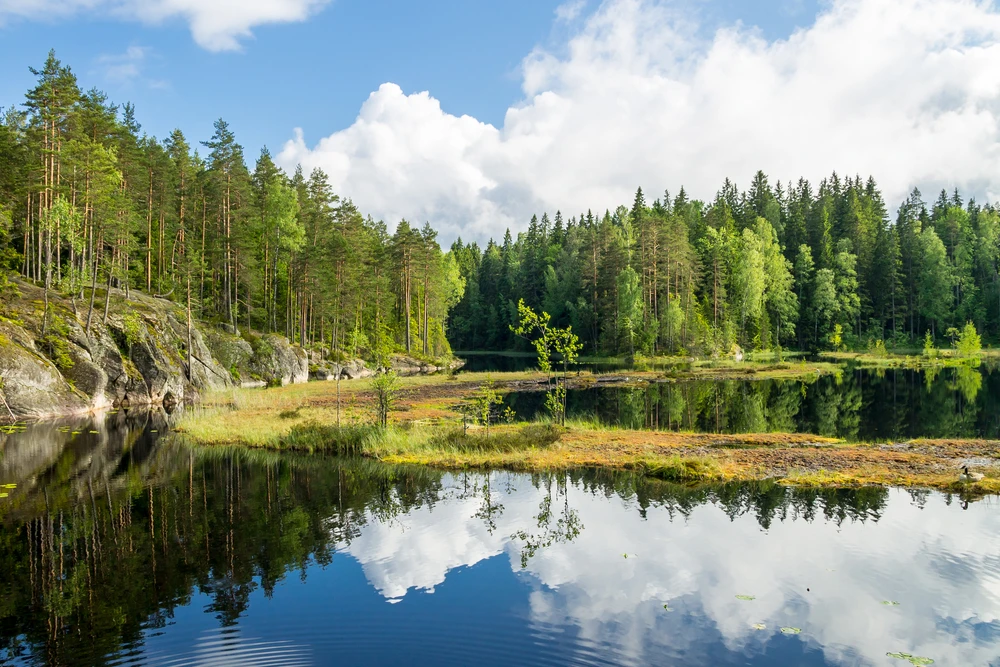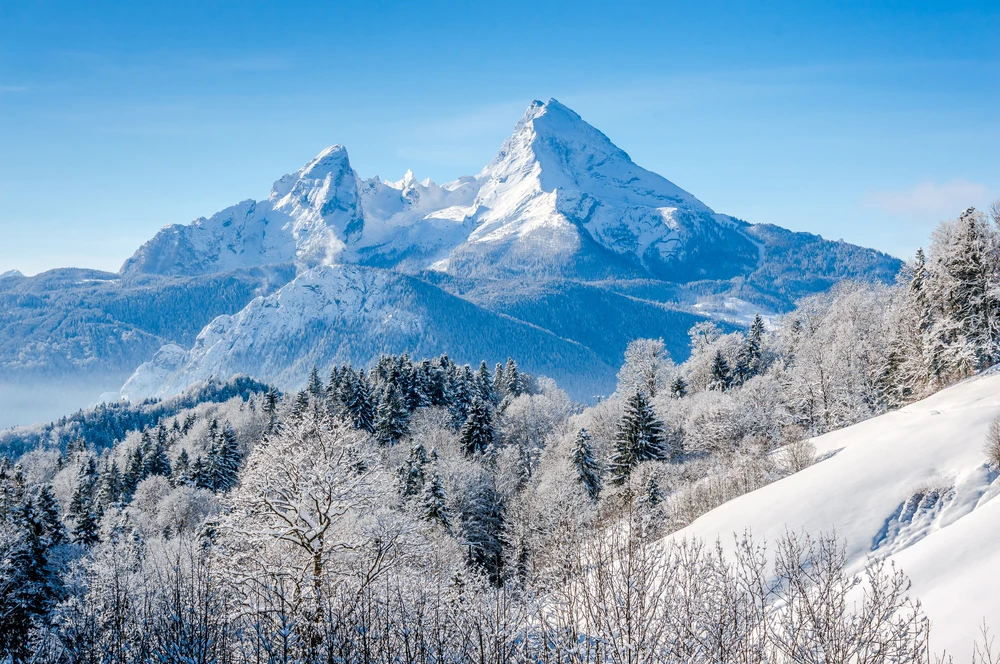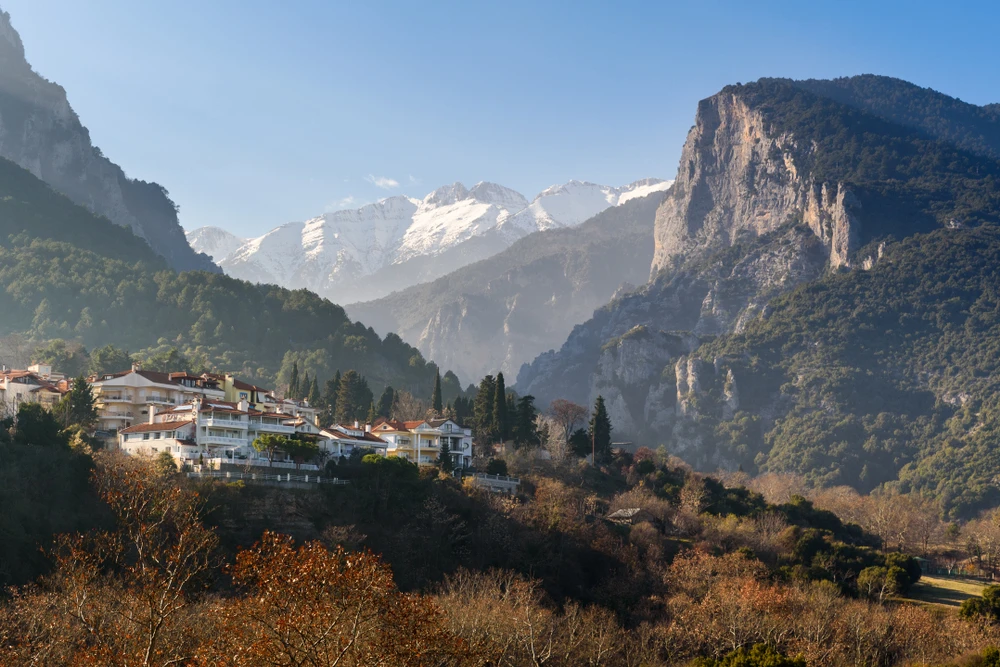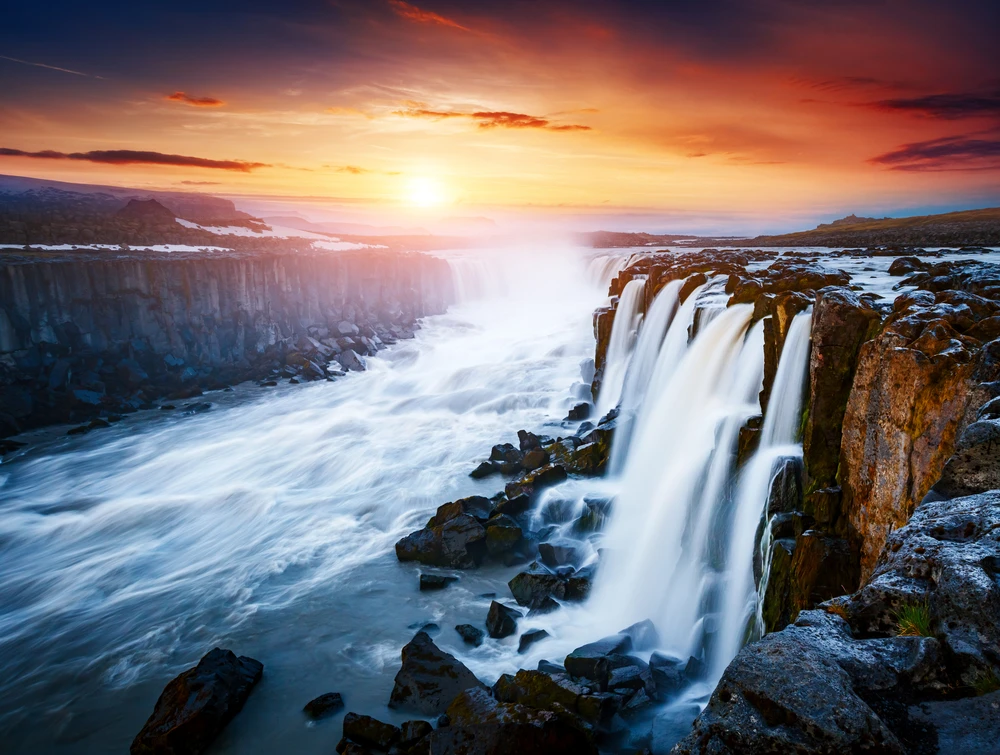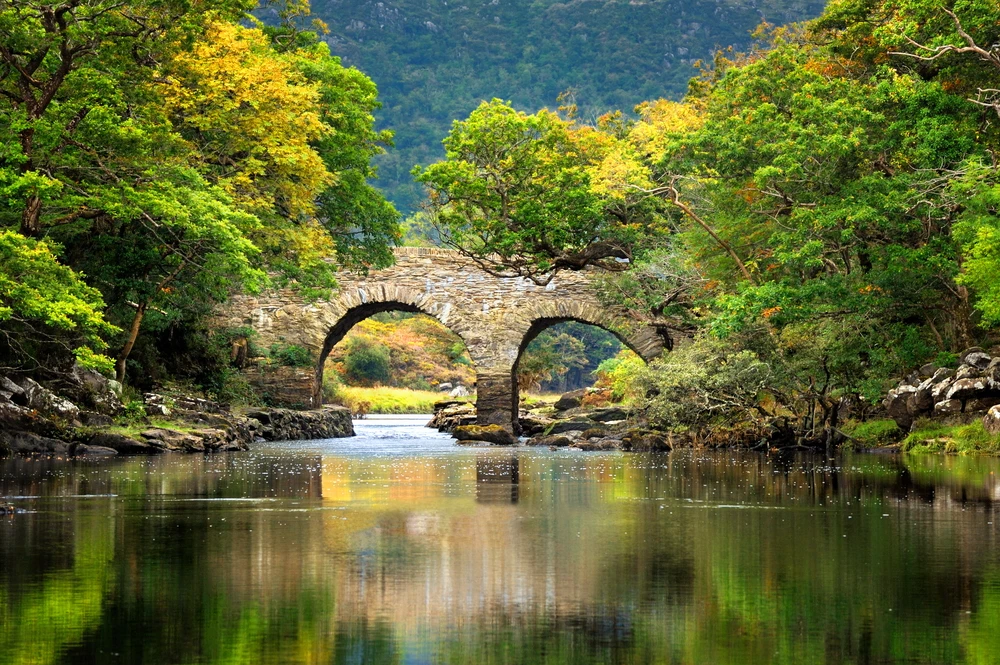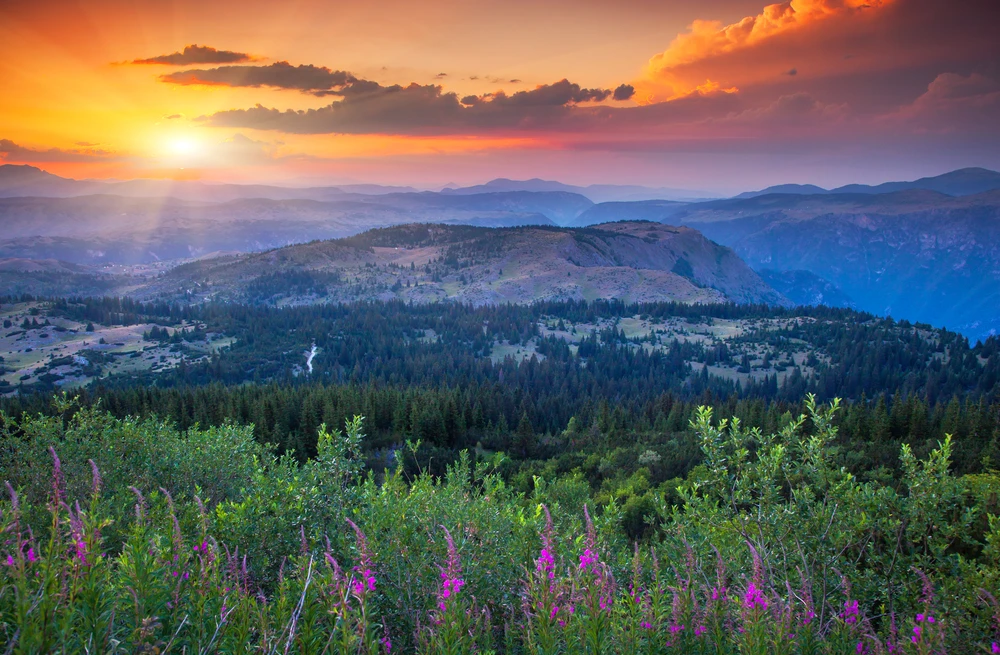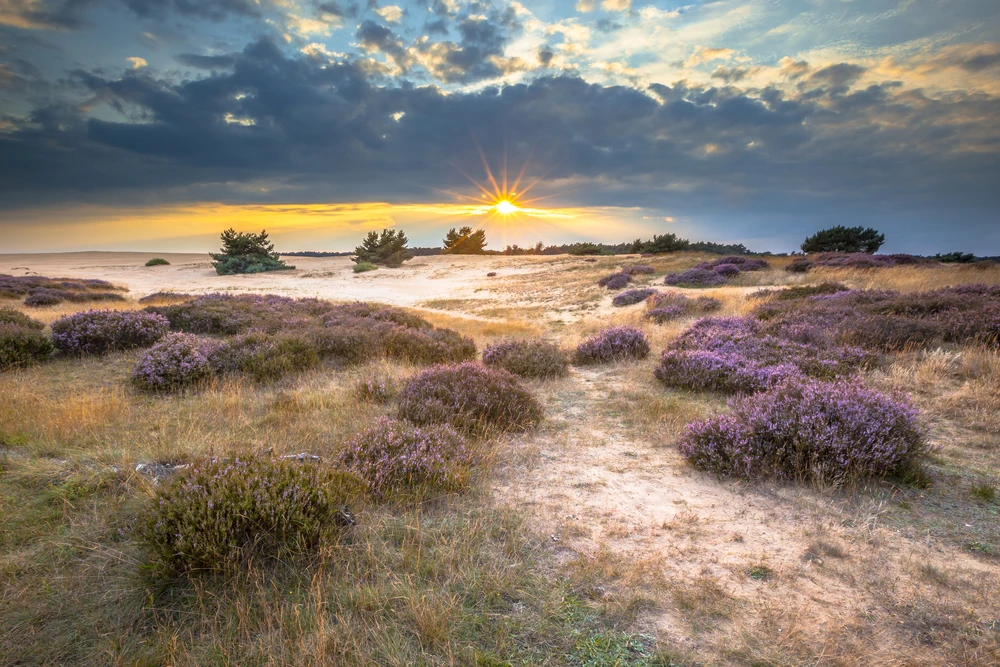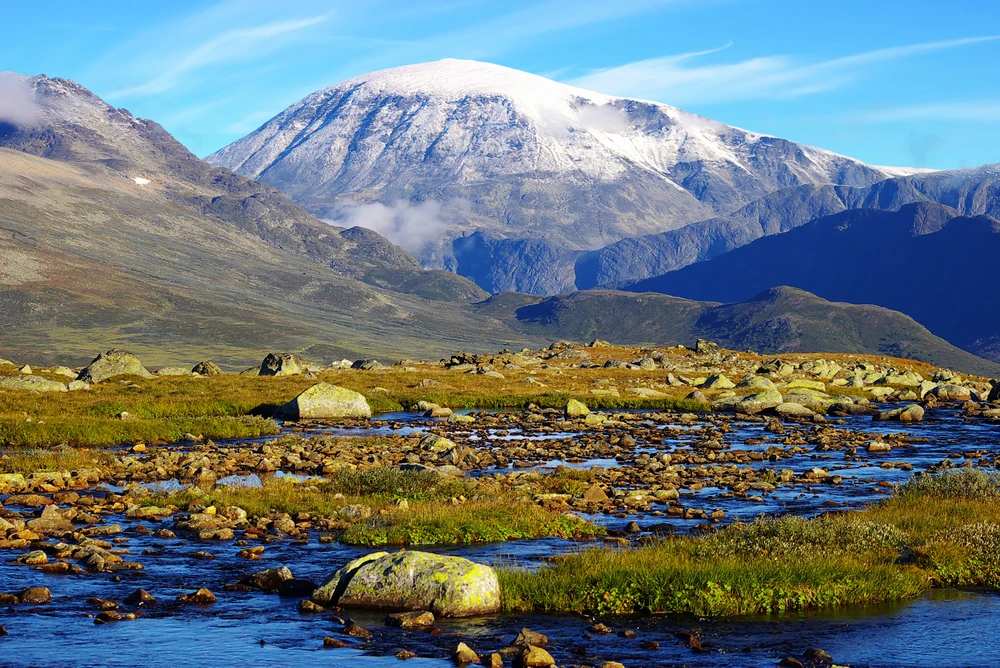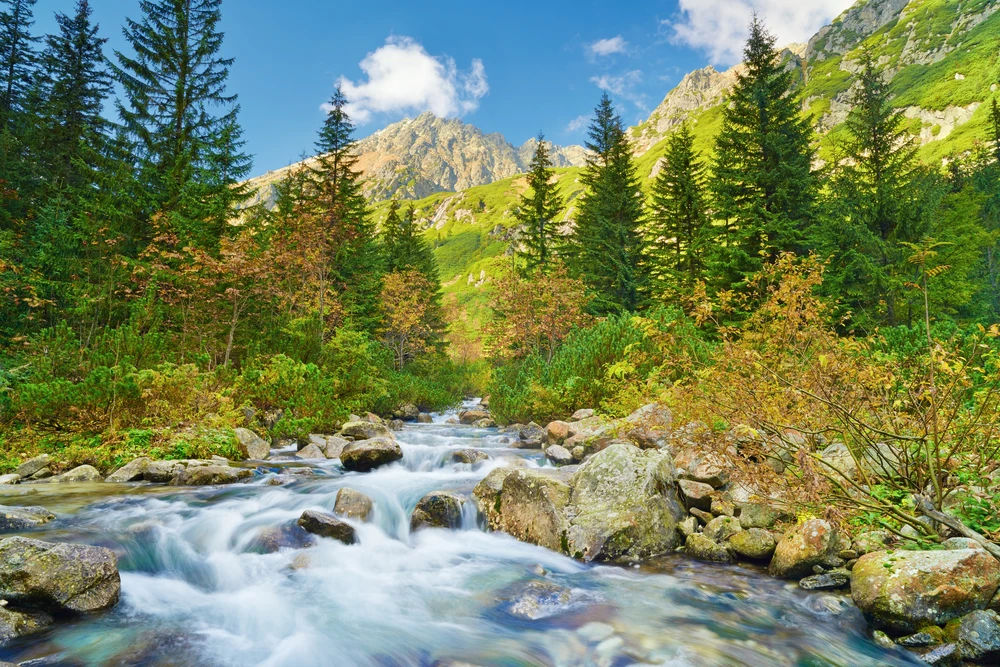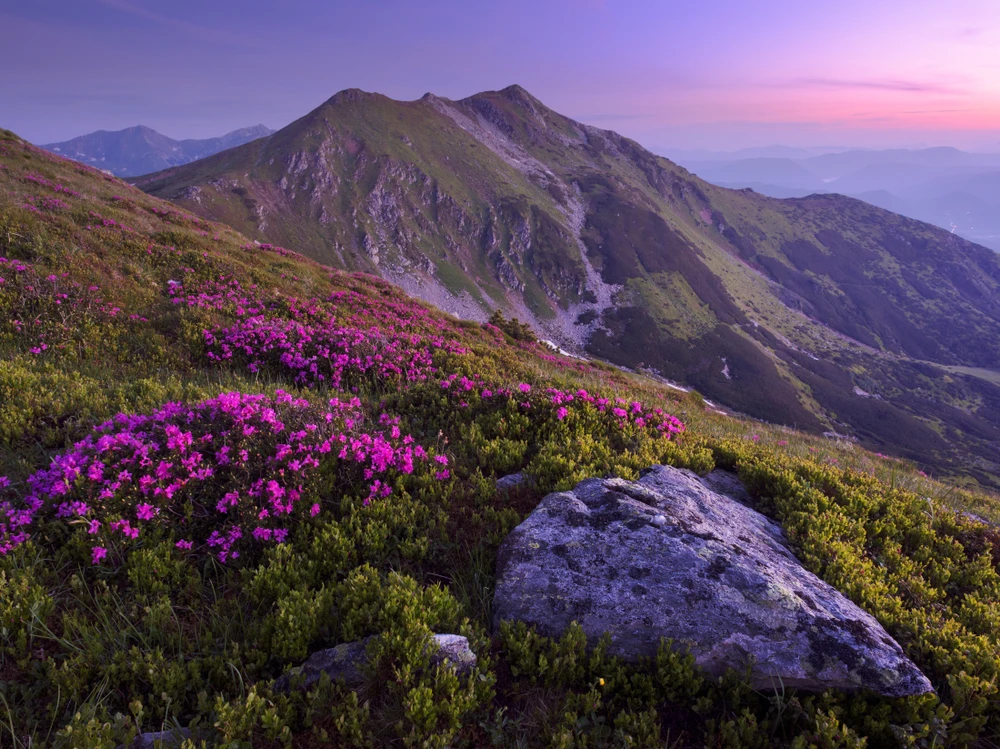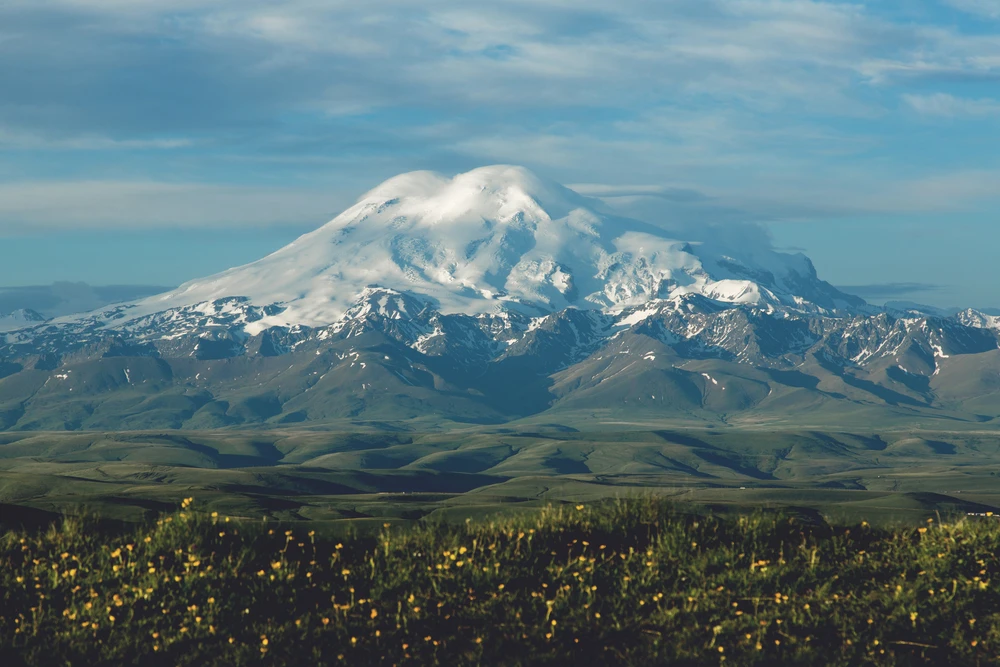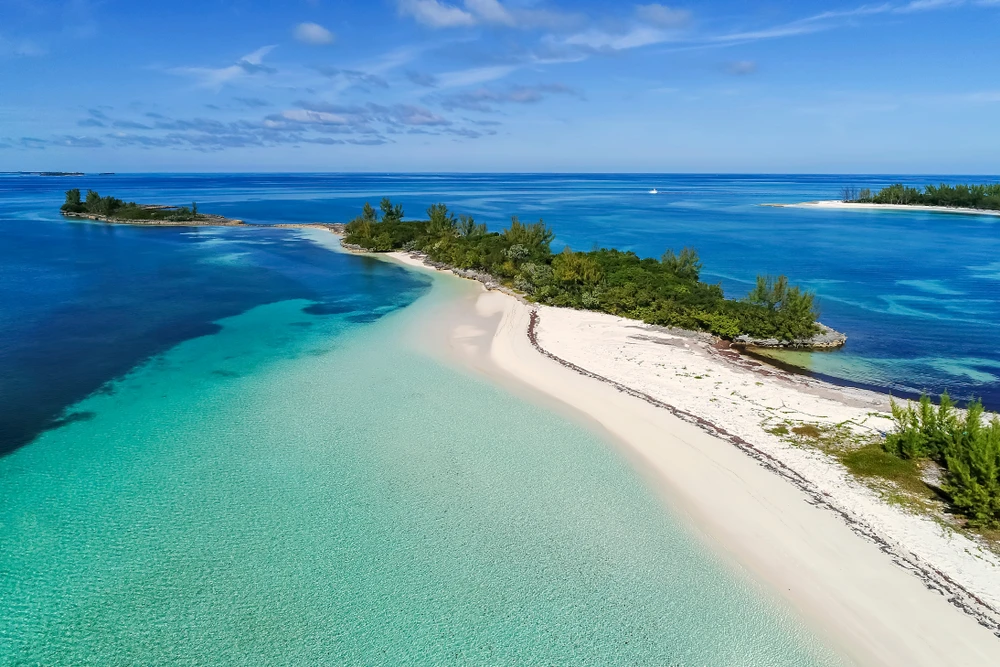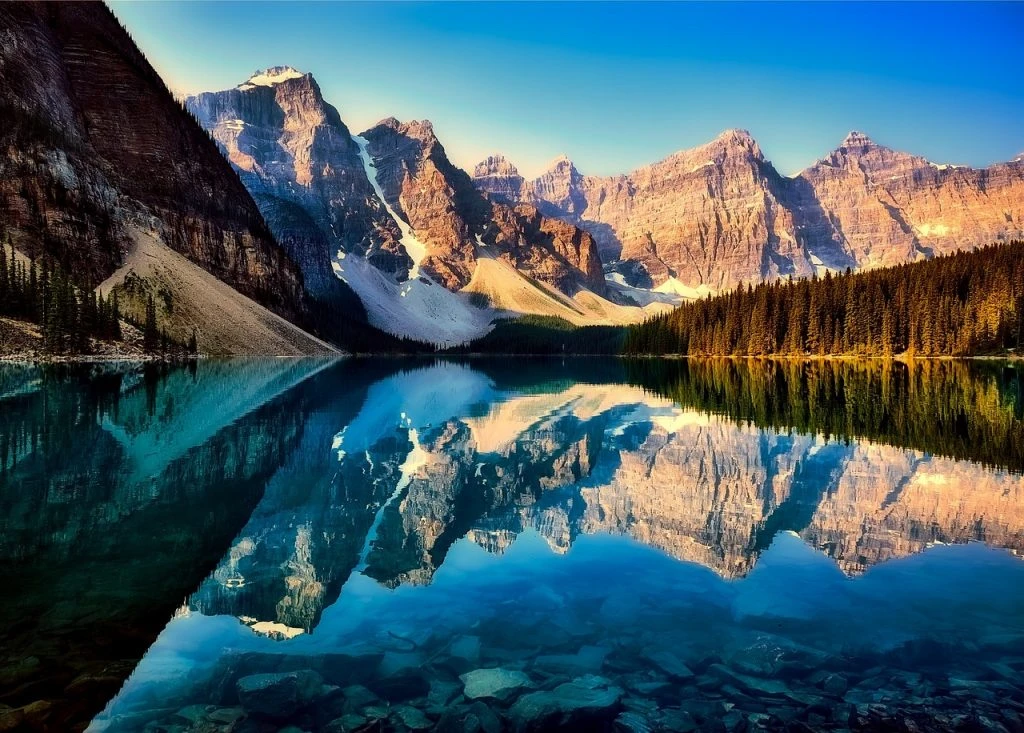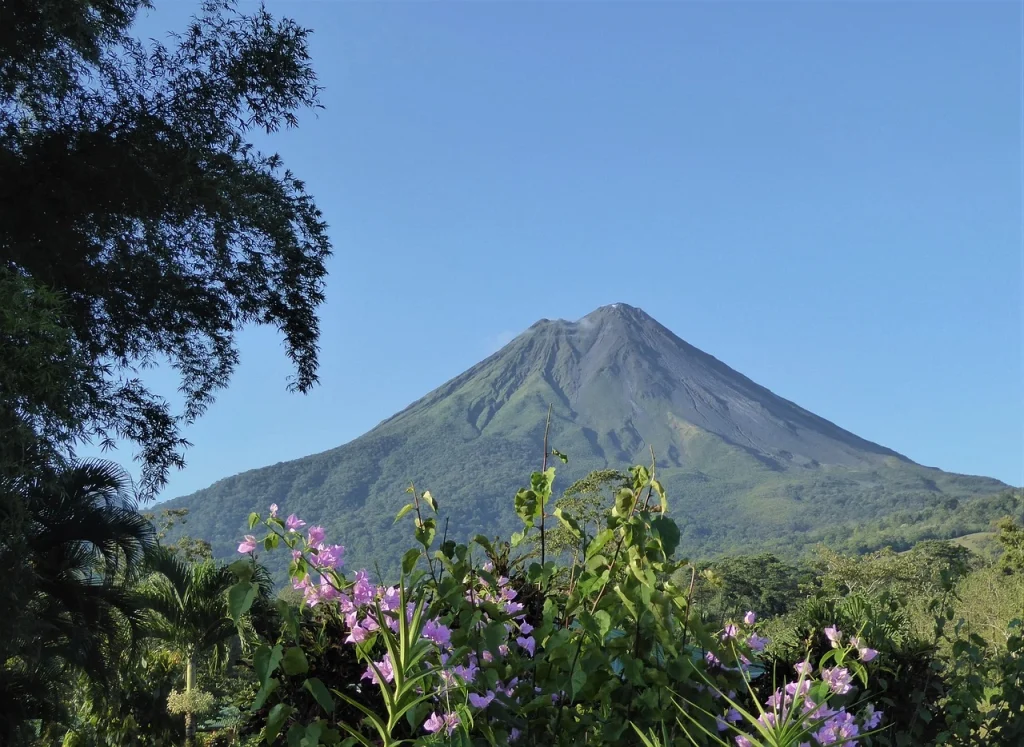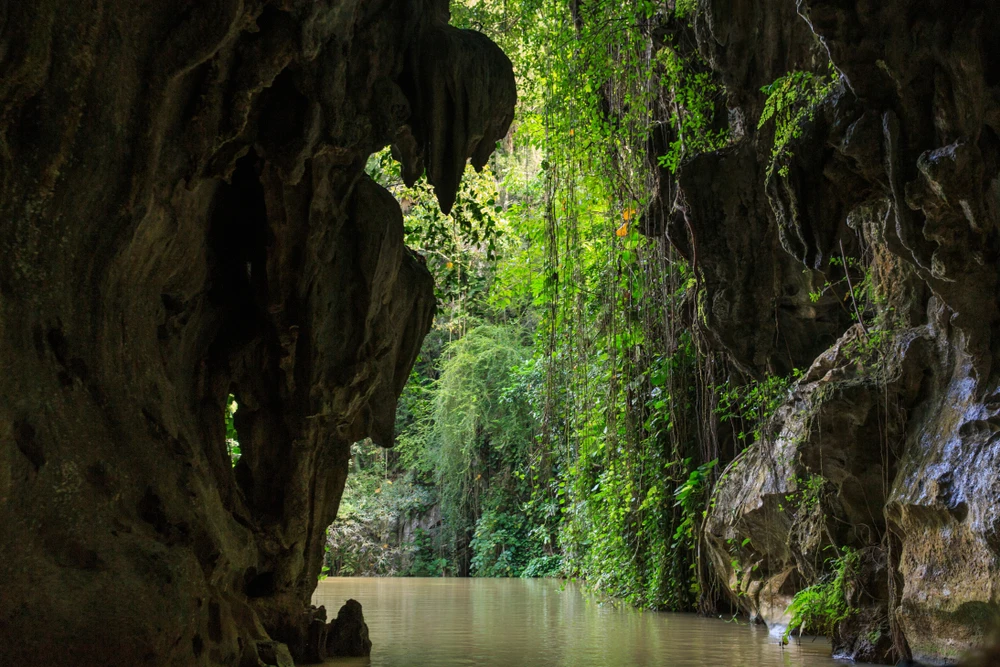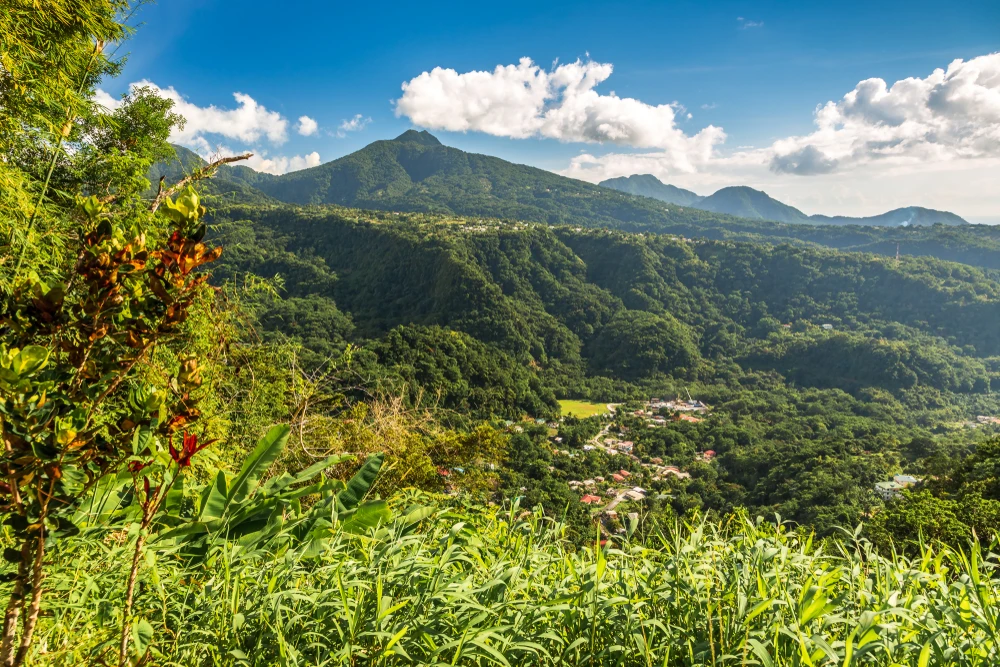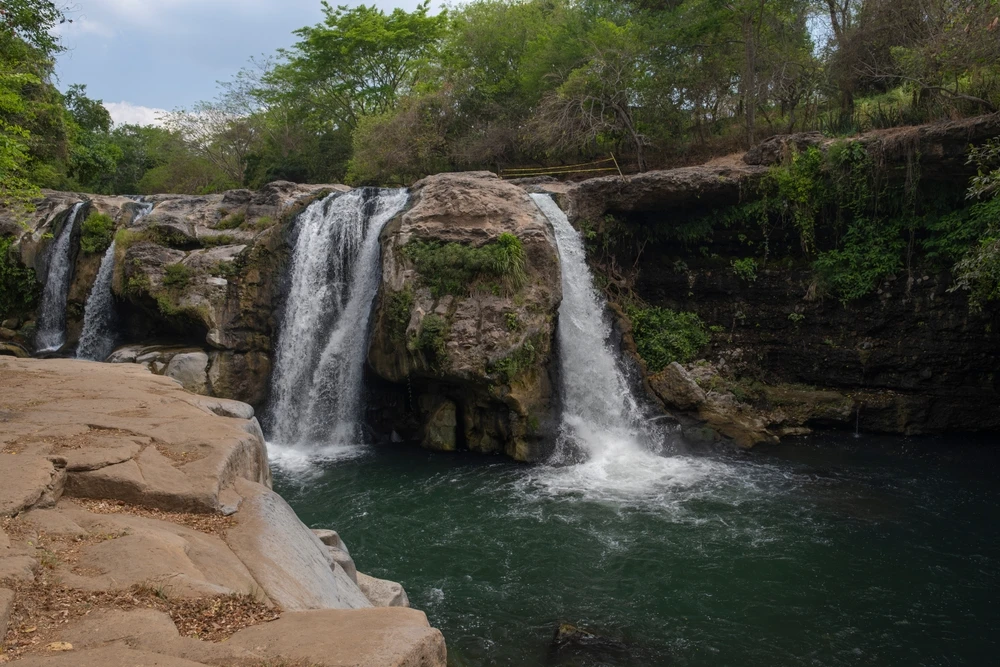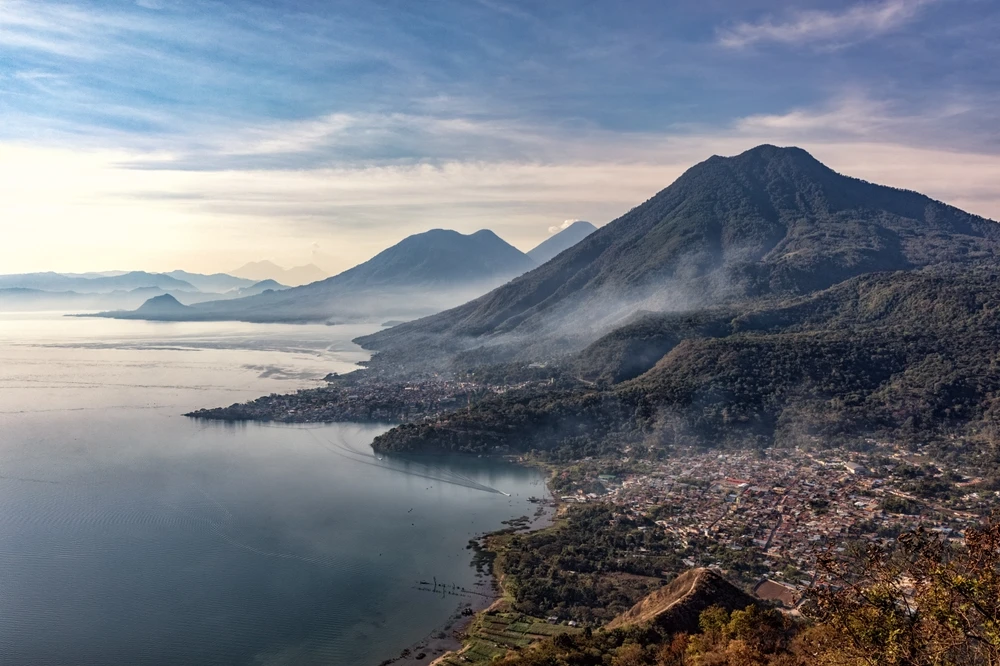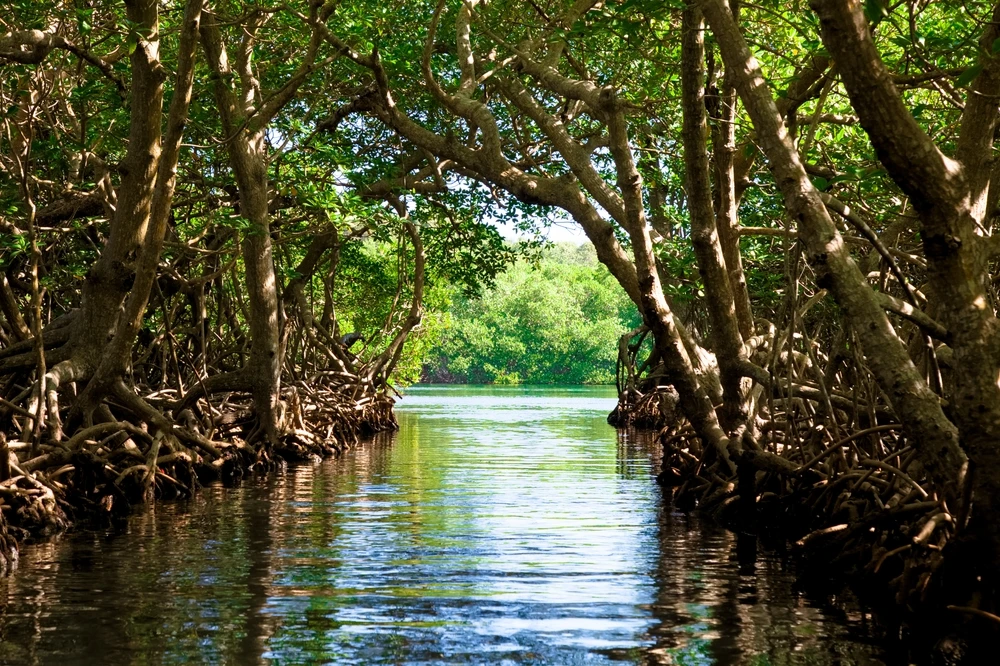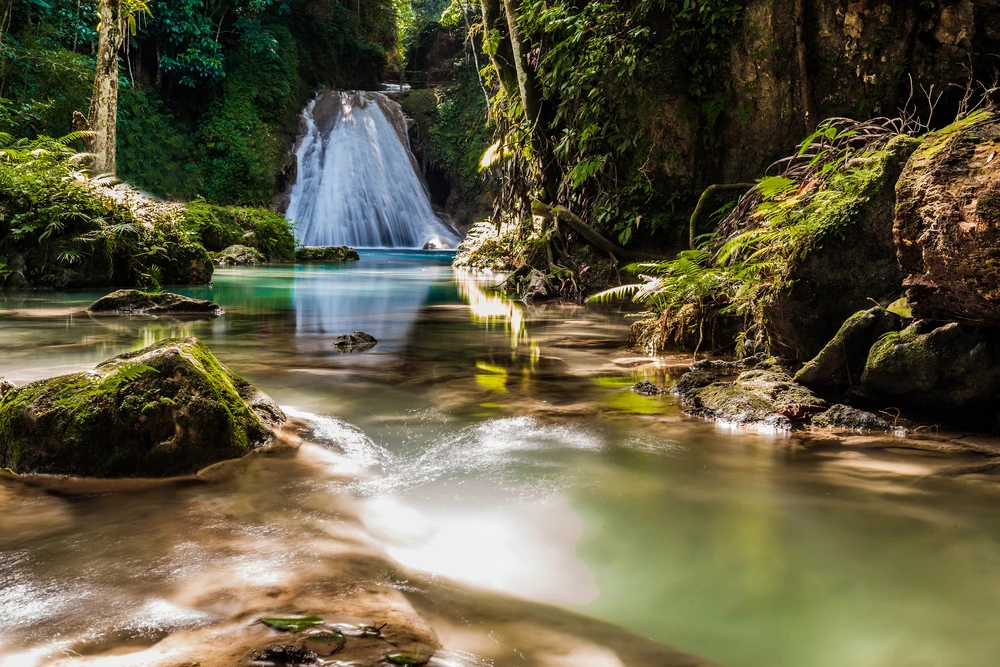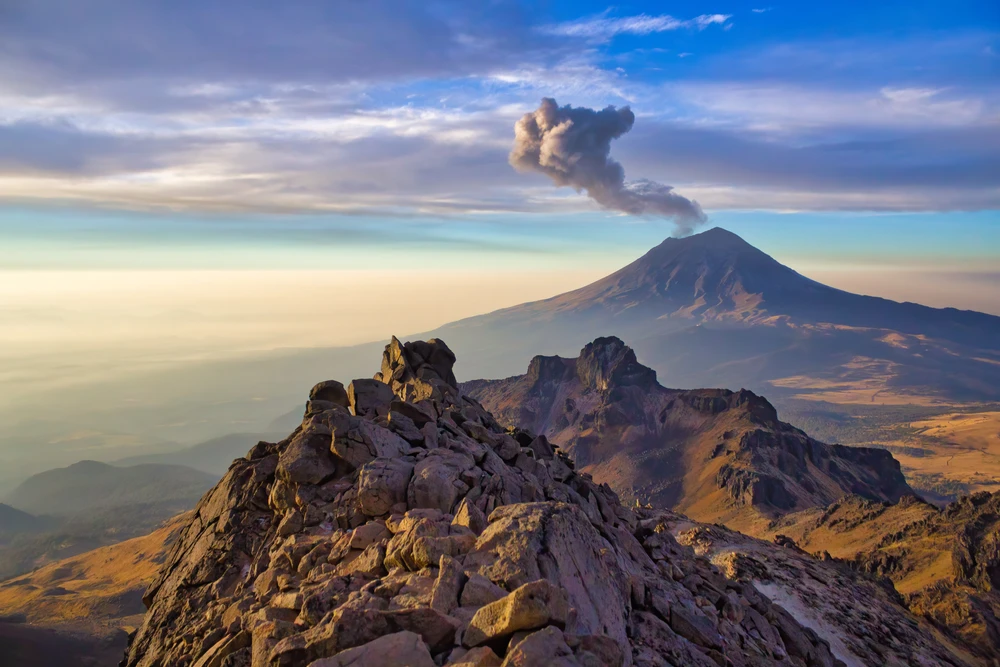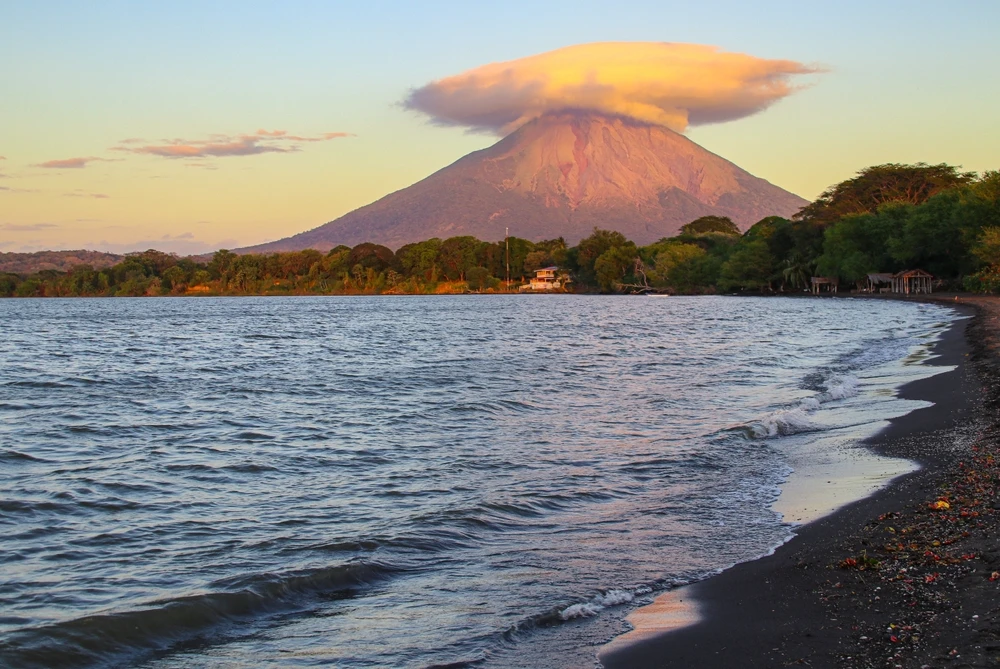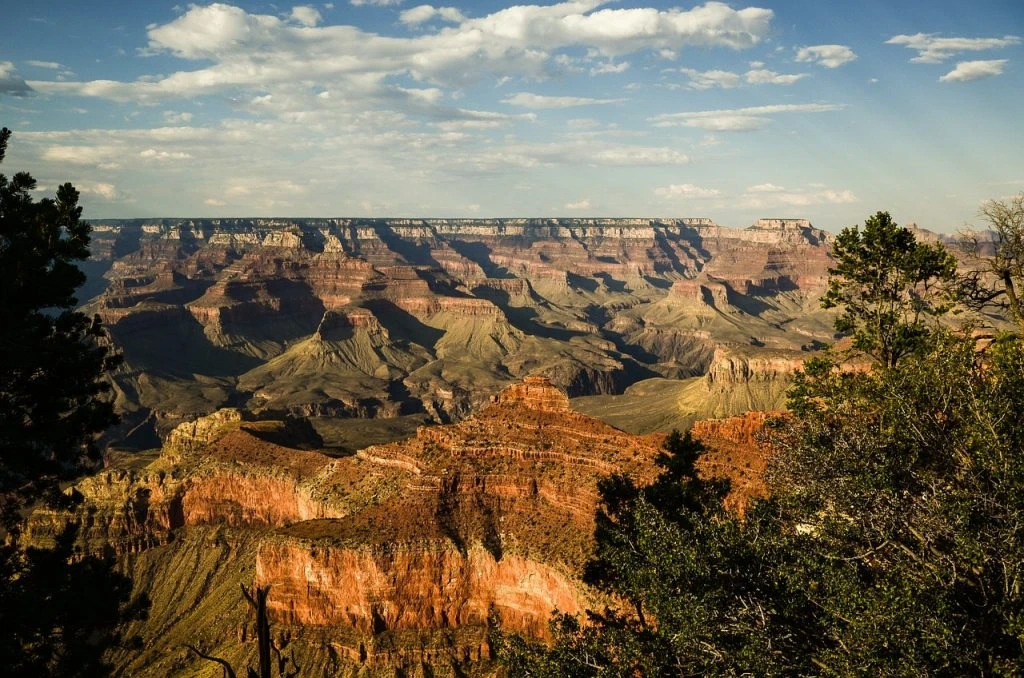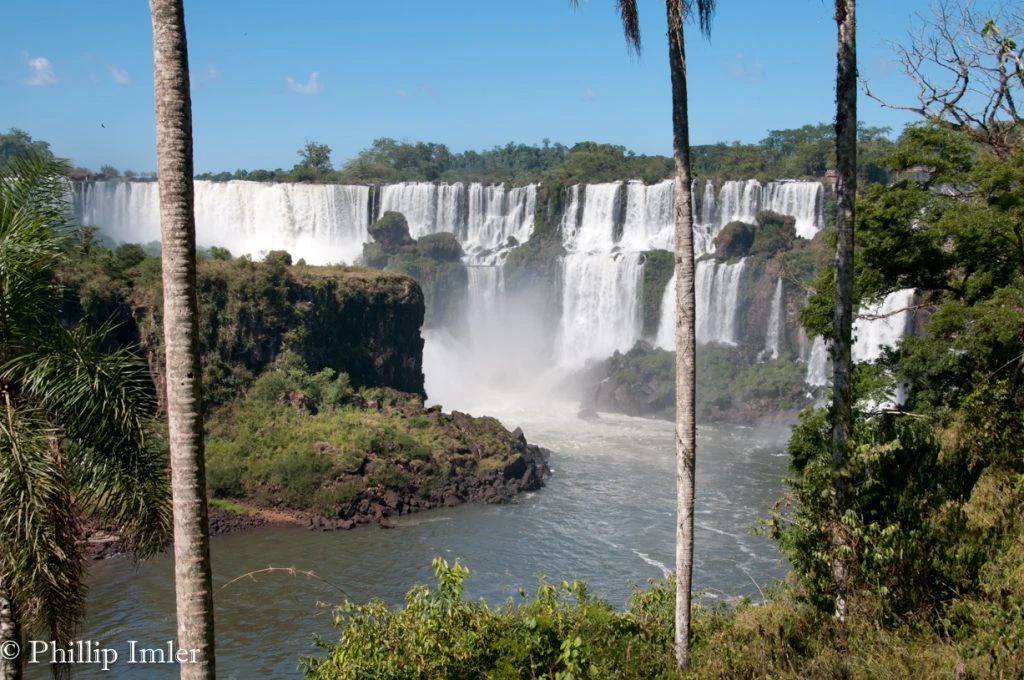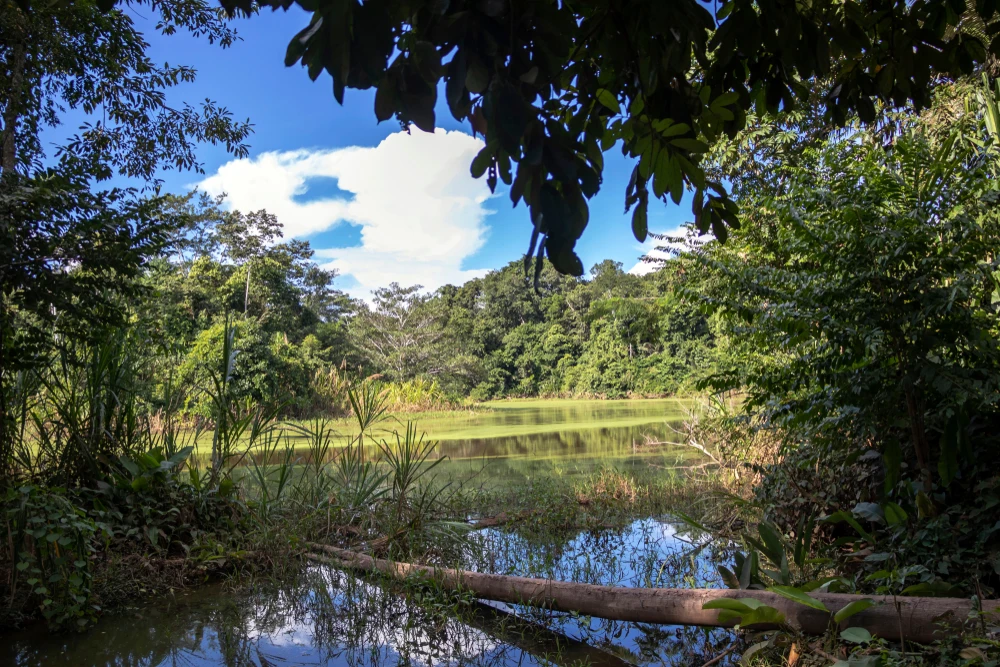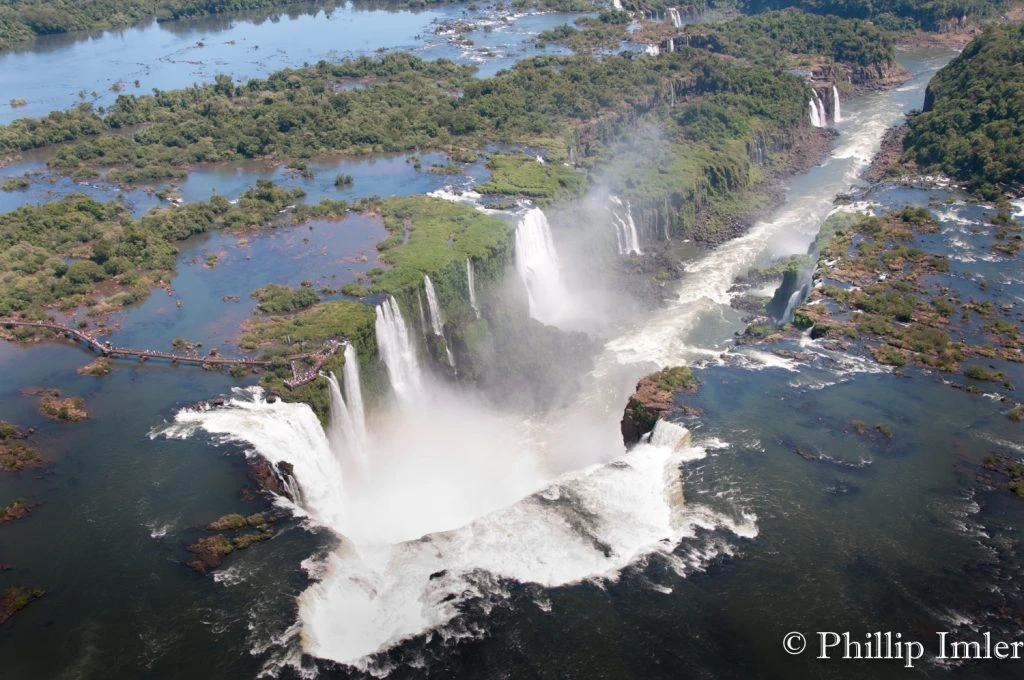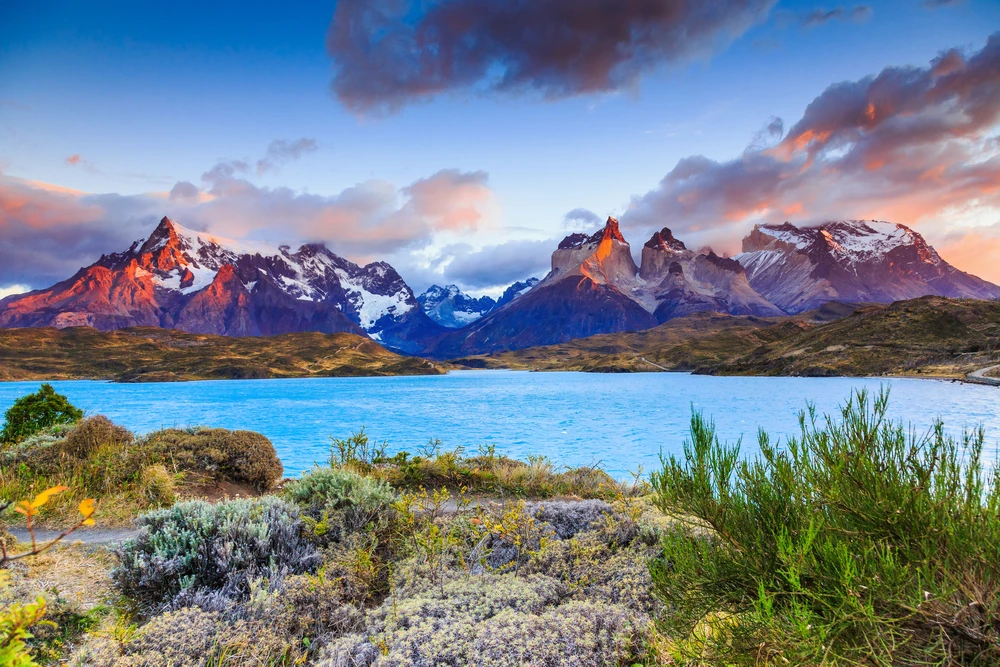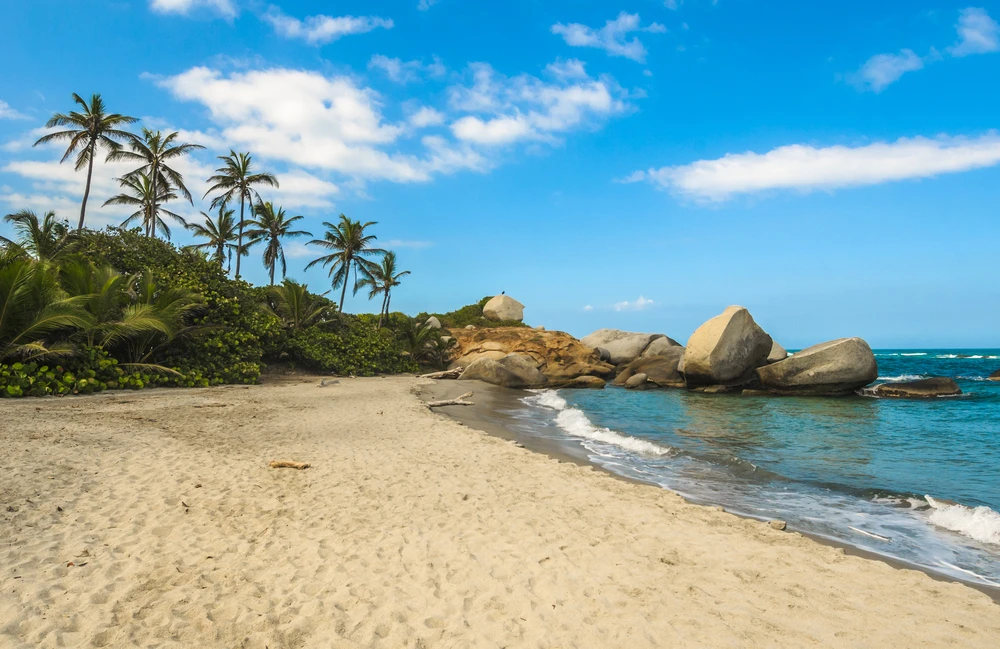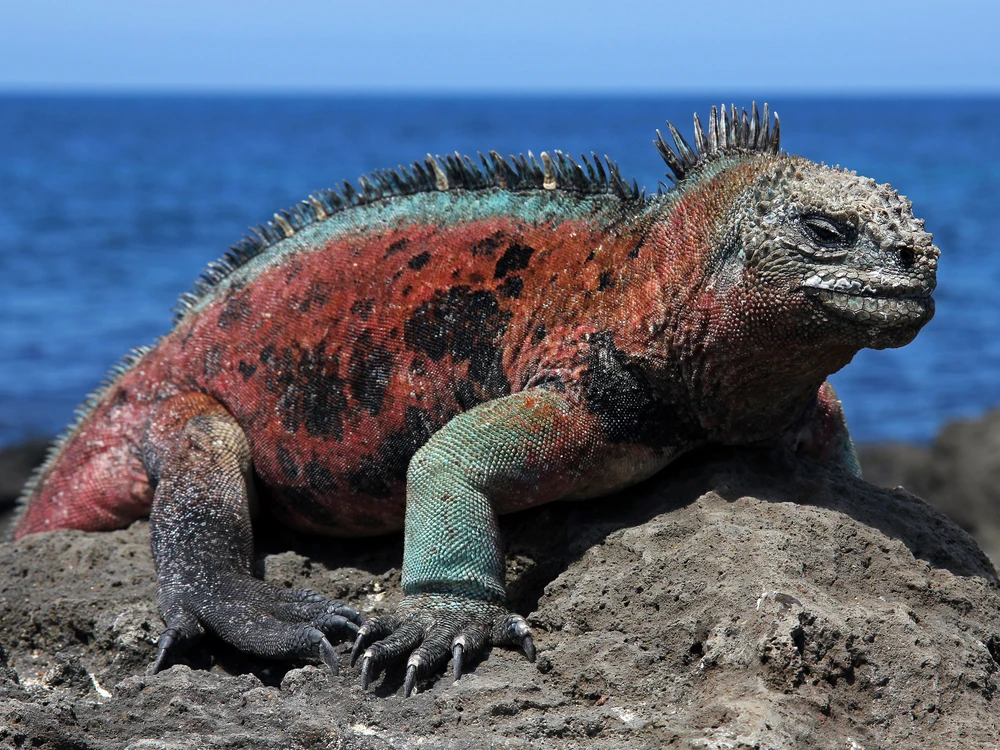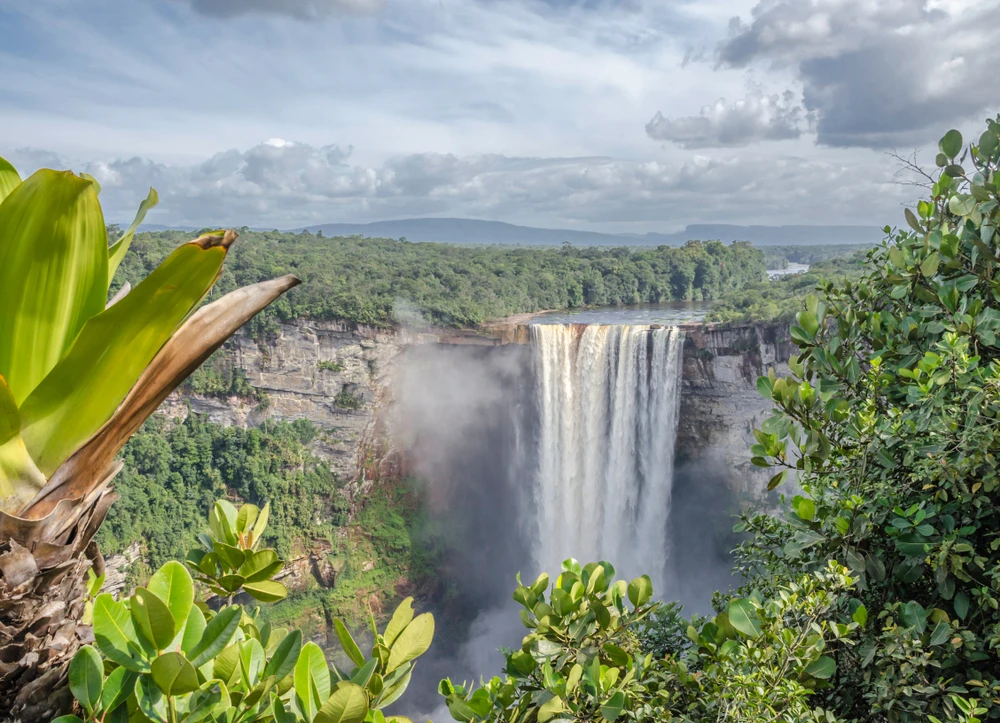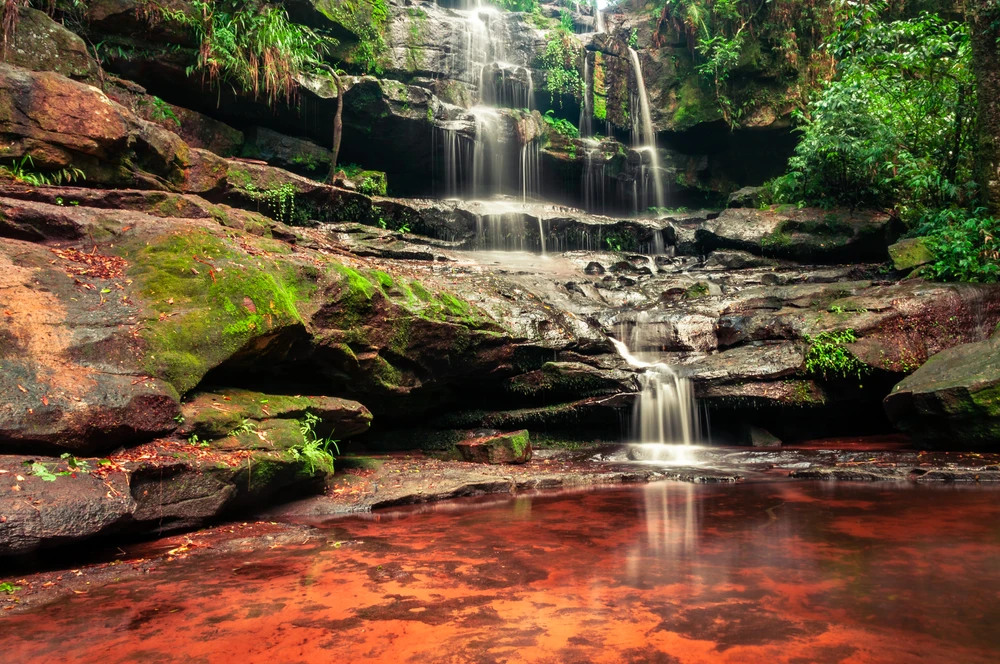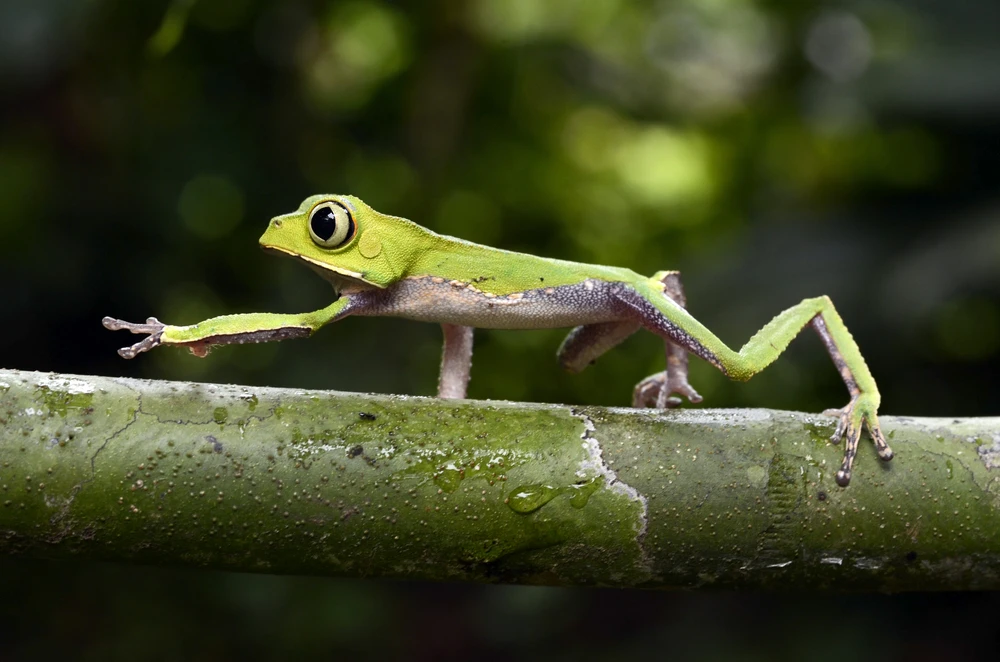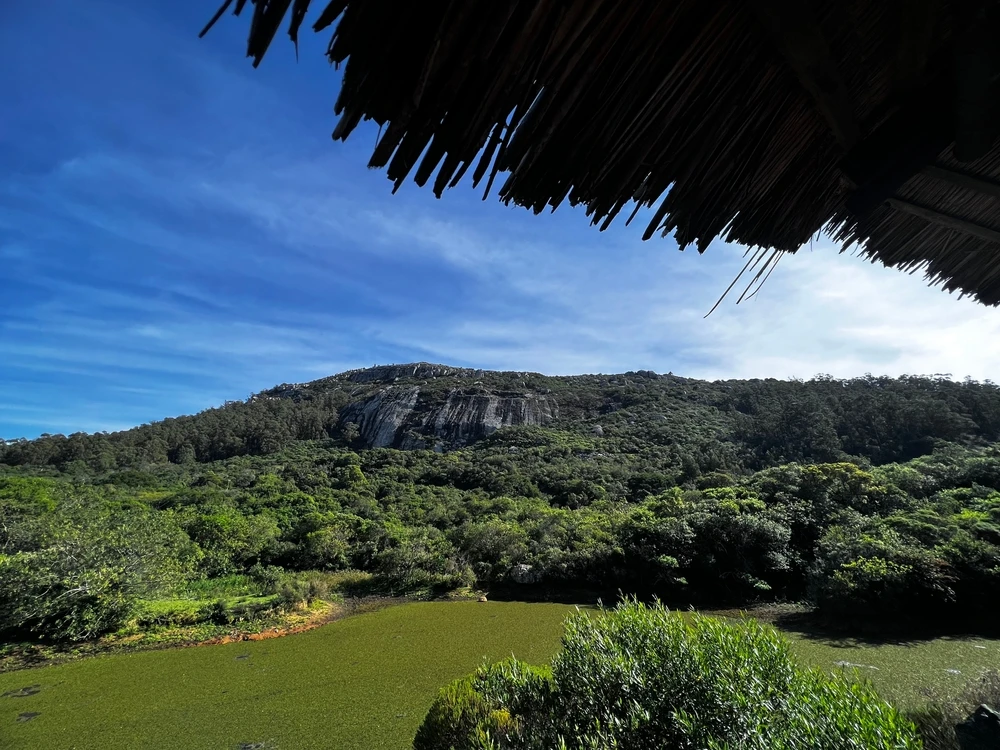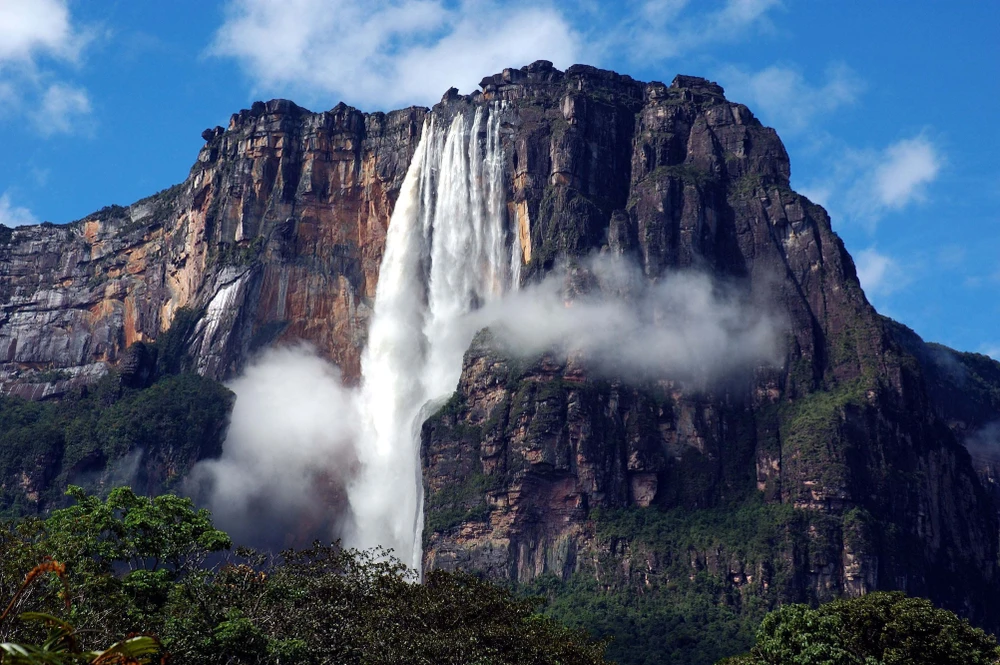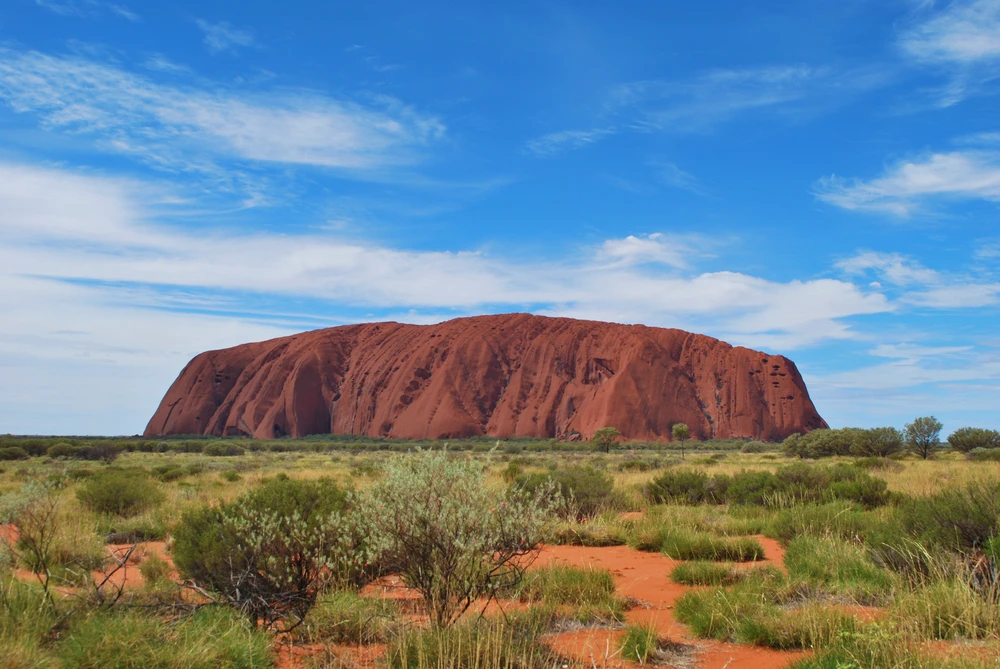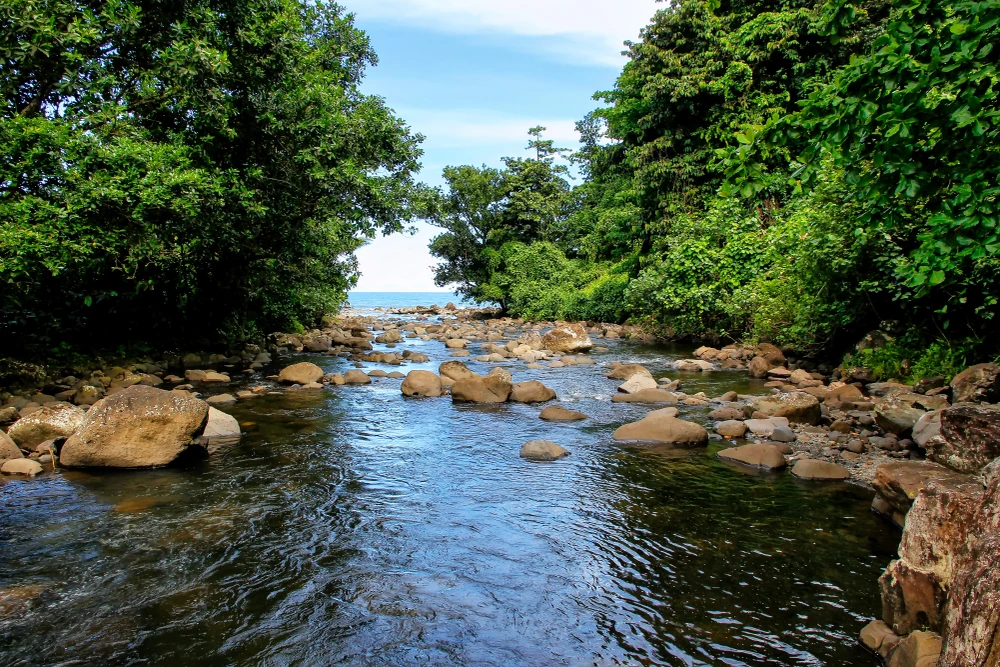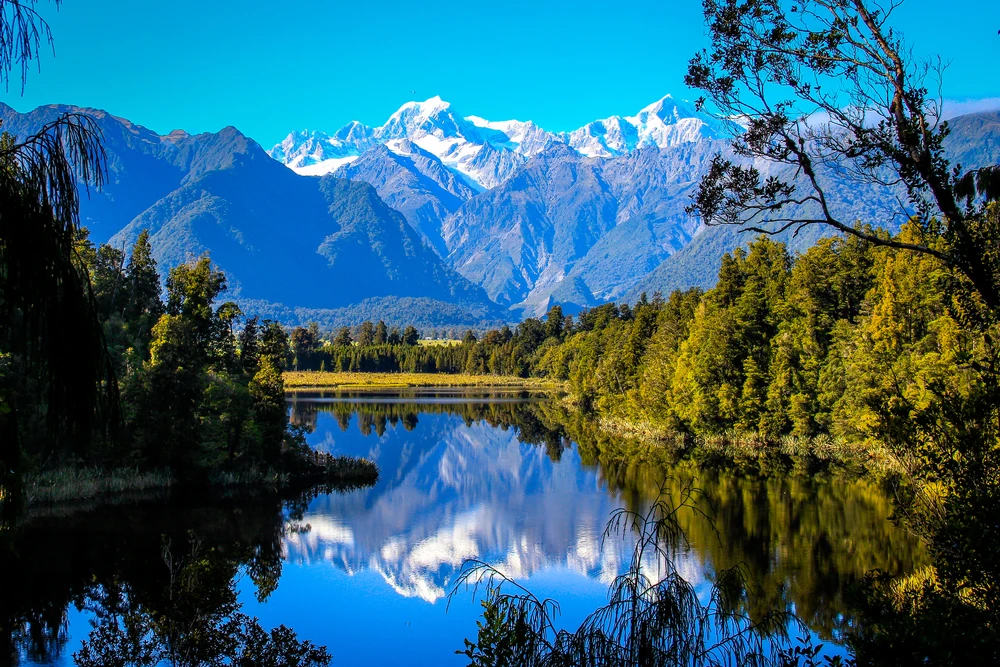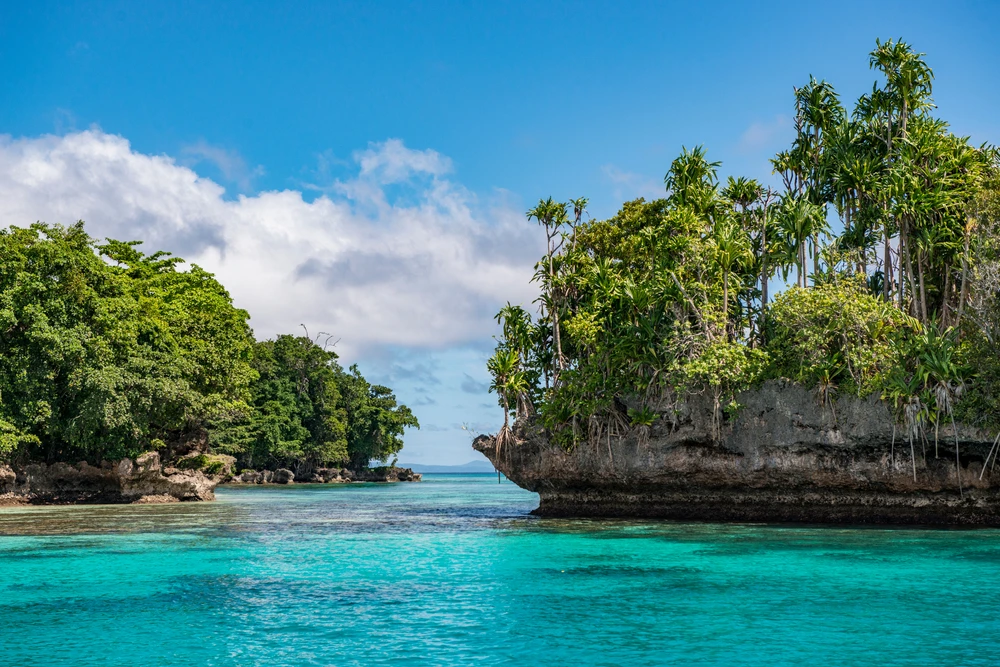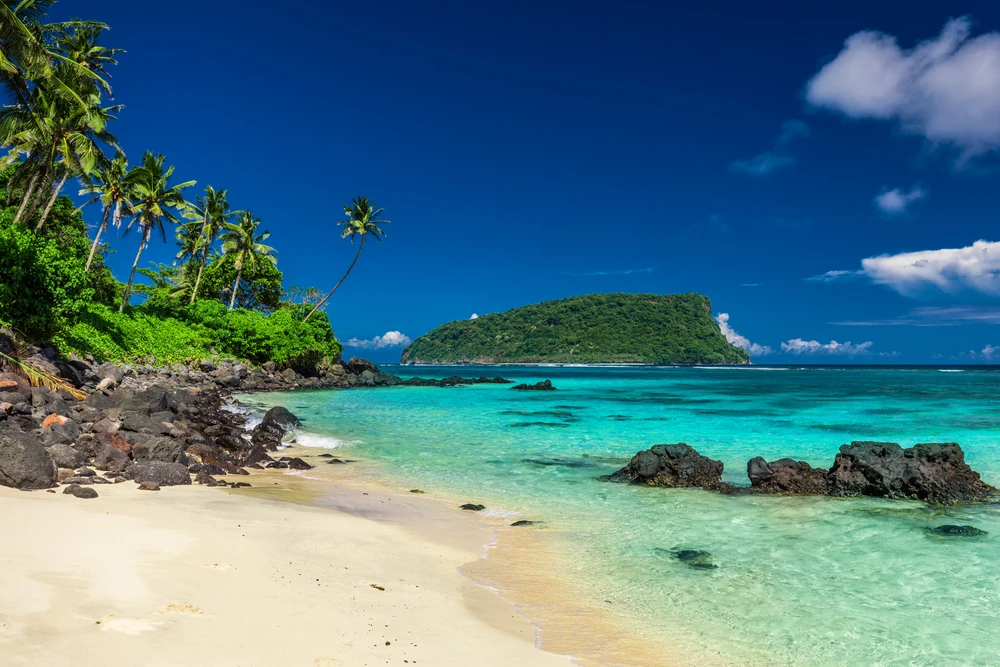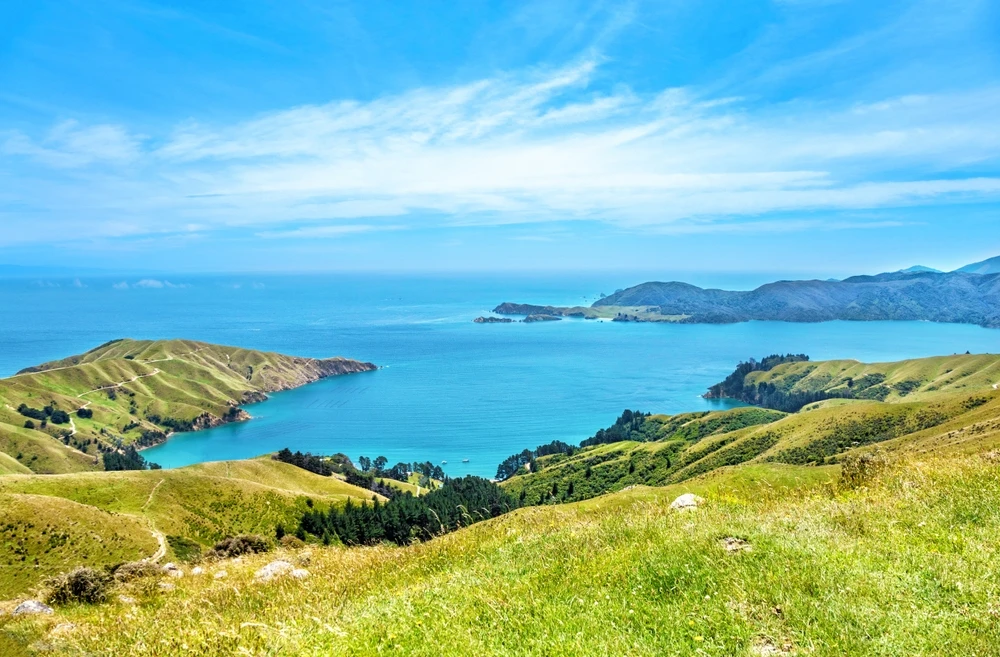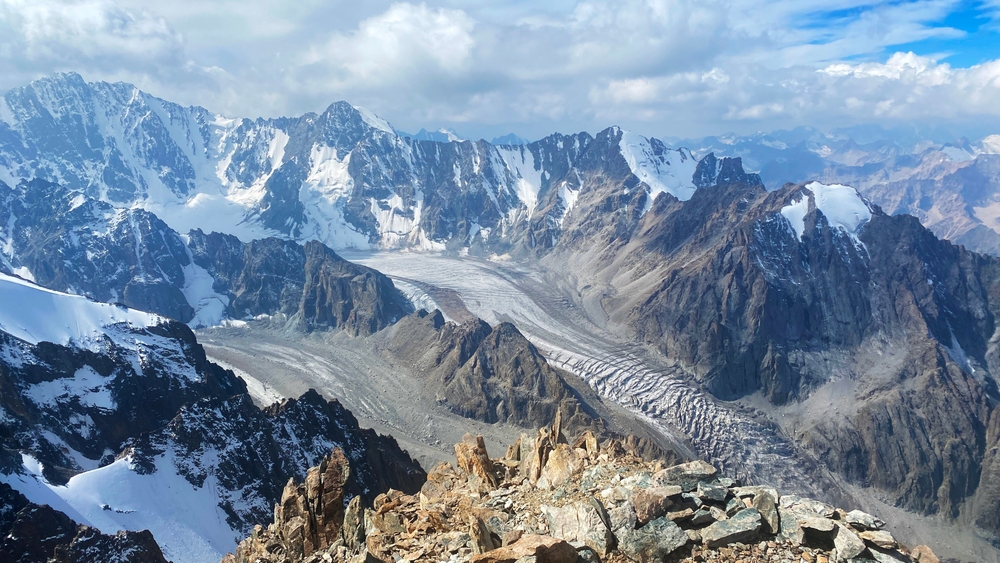The first national park in Kyrgyzstan is Ala-Archa National Park, established in 1976. Located just outside the capital, Bishkek, this park was created to protect the majestic landscapes of the Tian Shan Mountains. Ala-Archa is renowned for its alpine scenery, glaciers, and abundant wildlife, offering a natural escape close to urban areas.
About Kyrgyzstan National Parks
Kyrgyzstan, a land of stunning natural beauty, is home to 15 national parks that showcase its ecological diversity and rugged landscapes. Nestled in the heart of Central Asia, the country is dominated by the Tien Shan and Pamir mountain ranges, offering breathtaking vistas, alpine meadows, glaciers, and vast high-altitude lakes. The national parks of Kyrgyzstan serve as vital areas for preserving its rich biodiversity, cultural heritage, and unique ecosystems.
One of the most famous parks is Ala-Archa National Park, located just 40 kilometers south of the capital, Bishkek. This park is a haven for nature enthusiasts, offering dramatic mountain scenery, lush valleys, and high peaks such as Mount Semenov-Tyan-Shansky, which towers over 4,800 meters. It is popular among hikers, climbers, and picnickers who can explore the numerous trails or venture to the Ak-Sai Glacier. The park also shelters a variety of wildlife, including snow leopards, ibex, and marmots, making it a vital area for conservation efforts.
Sary-Chelek National Park, another gem, lies in the Jalal-Abad region. This UNESCO Biosphere Reserve is renowned for its pristine Sary-Chelek Lake, surrounded by forested mountains and dotted with rare plant species. The park is an ecological treasure, supporting endangered species such as the Tien Shan brown bear and golden eagle. Its serene environment makes it a popular destination for eco-tourism, offering hiking trails, horseback riding, and opportunities to immerse oneself in the tranquility of nature.
Karakol Nature Park, located near Issyk-Kul Lake, is celebrated for its striking landscapes, including gorges, waterfalls, and forests of Tien Shan spruce trees. The park is a gateway to the famous Altyn Arashan hot springs and the Karakol Valley, a paradise for trekkers and outdoor enthusiasts. The vibrant flora and fauna, combined with cultural landmarks like nomadic yurt camps, make this park a must-visit.
Chong-Kemin Nature Park is another standout destination, known for its biodiversity and cultural significance. Spanning the Chong-Kemin Valley, the park offers a mix of alpine meadows, dense forests, and steppe landscapes. Visitors can explore the region’s unique nomadic culture, try horseback riding, and enjoy breathtaking views of the surrounding peaks.
Despite the natural beauty of Kyrgyzstan’s national parks, they face challenges such as illegal logging, overgrazing, and insufficient funding for conservation. However, local and international efforts have led to significant achievements, such as increased community engagement in eco-tourism and projects to protect endangered species like the snow leopard. These initiatives underscore the importance of balancing conservation with sustainable development.
Kyrgyzstan’s national parks are a testament to its incredible natural heritage, offering unforgettable experiences for adventurers, nature lovers, and cultural enthusiasts alike.
Kyrgyzstan National Parks
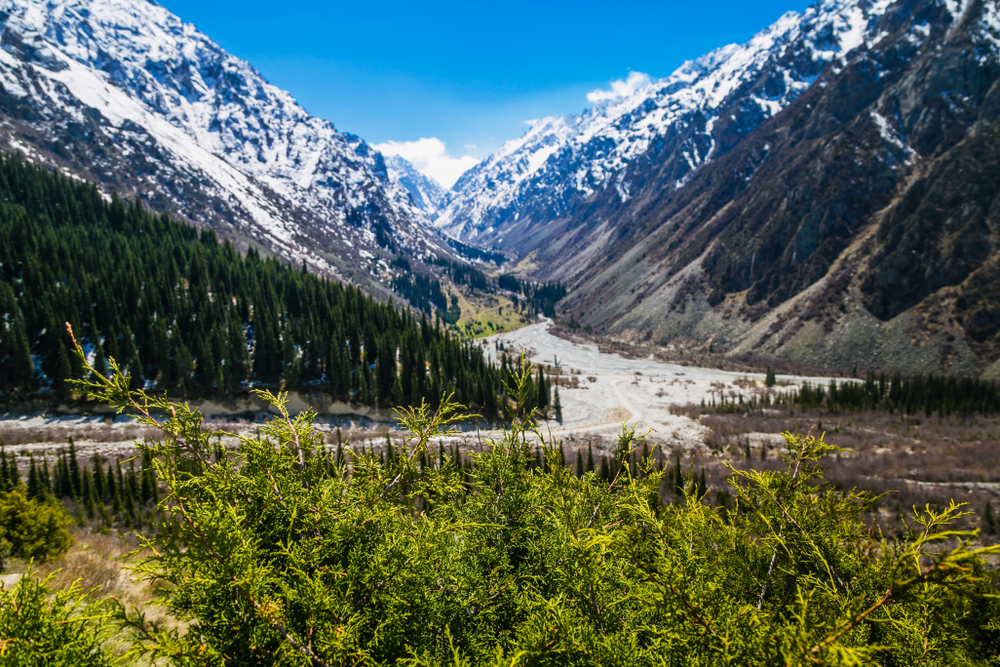
Ala-Archa Nature Park
Explore Now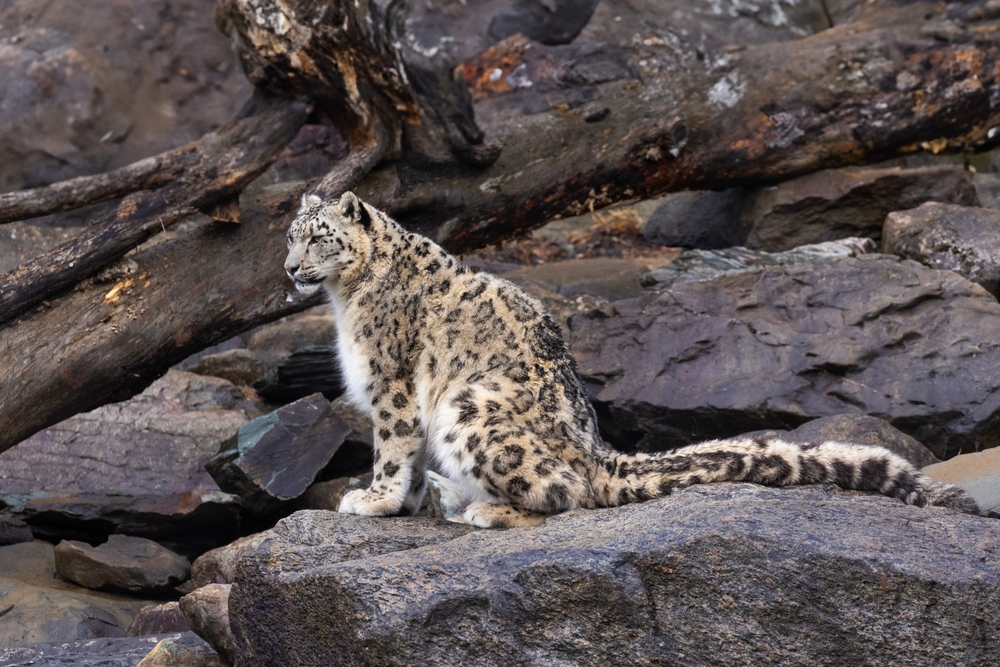
Alatay Nature Park
Explore Now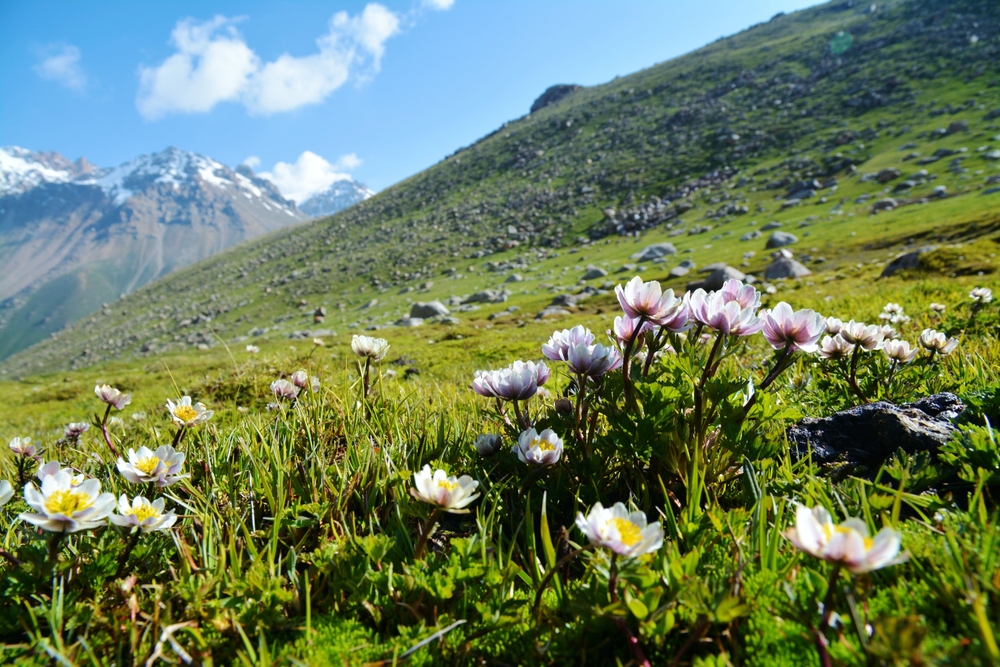
Besh-Tash Nature Park
Explore Now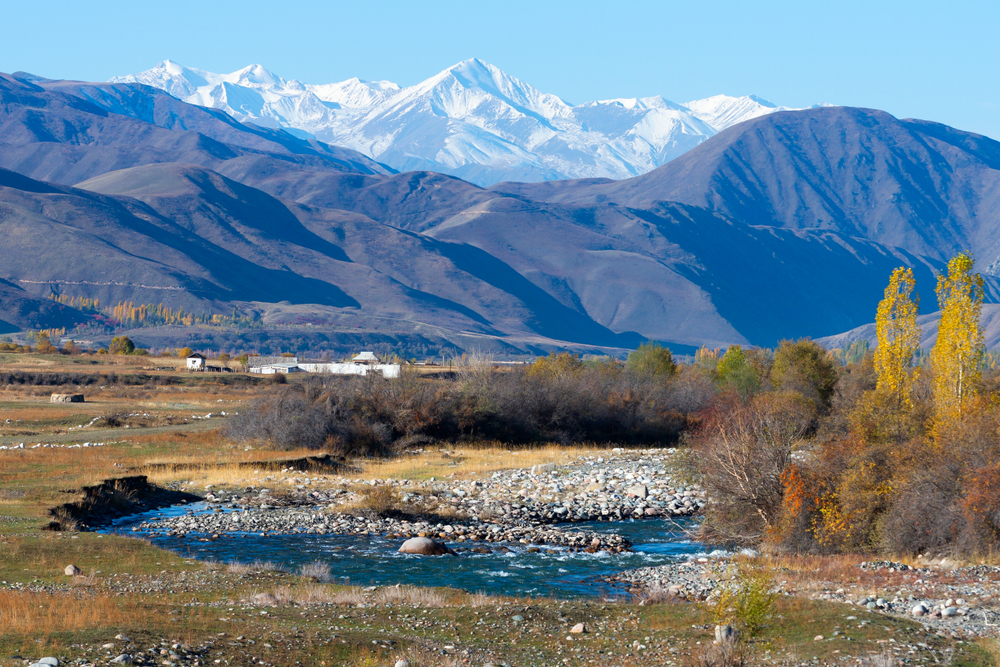
Chong-Kemin Nature Park
Explore Now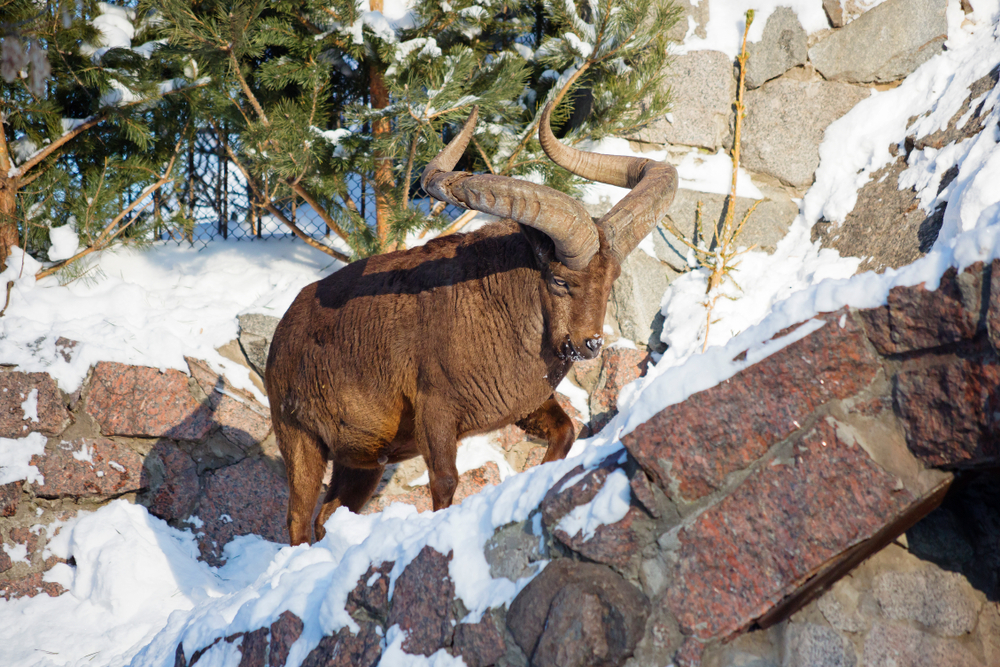
Kan-Achuu Nature Park
Explore Now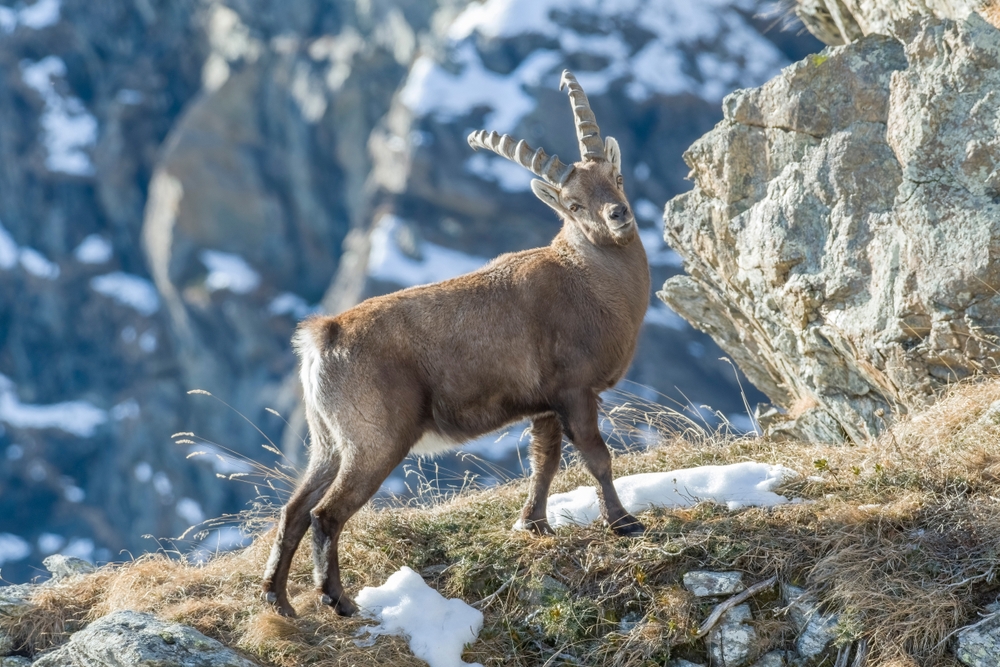
Kara-Buura Nature Park
Explore Now
Kara-Shoro Nature Park
Explore Now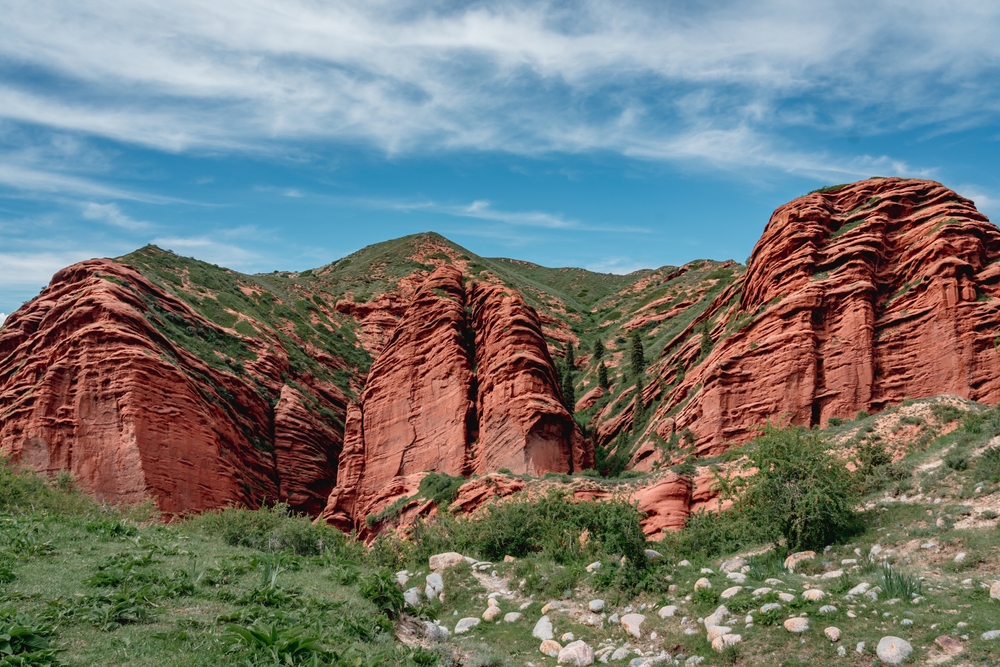
Karakol Nature Park
Explore Now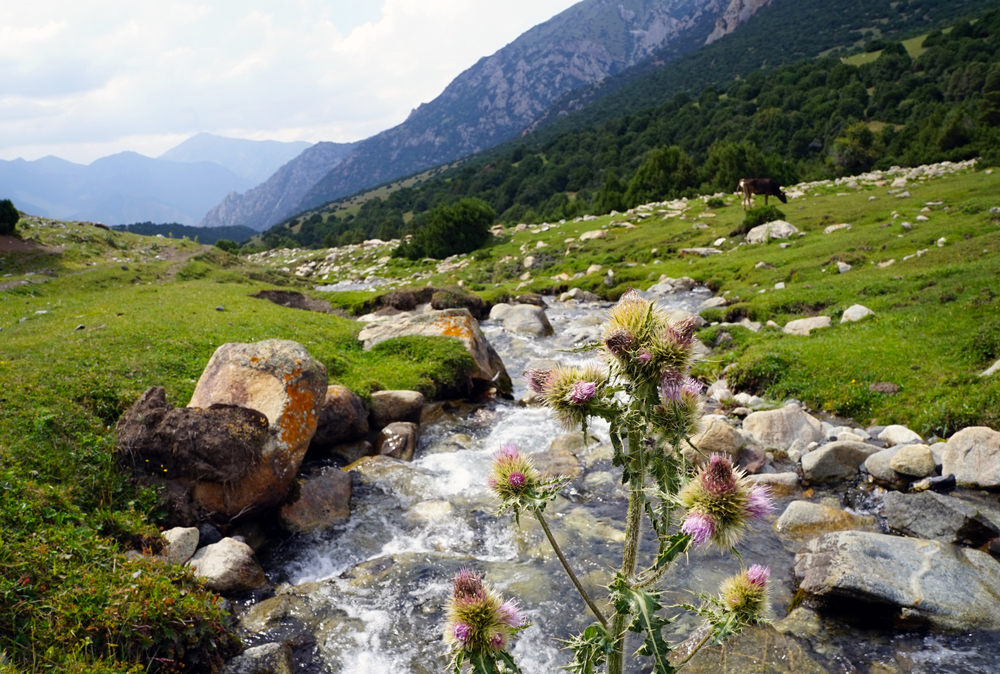
Kyrgyz-Ata Nature Park
Explore Now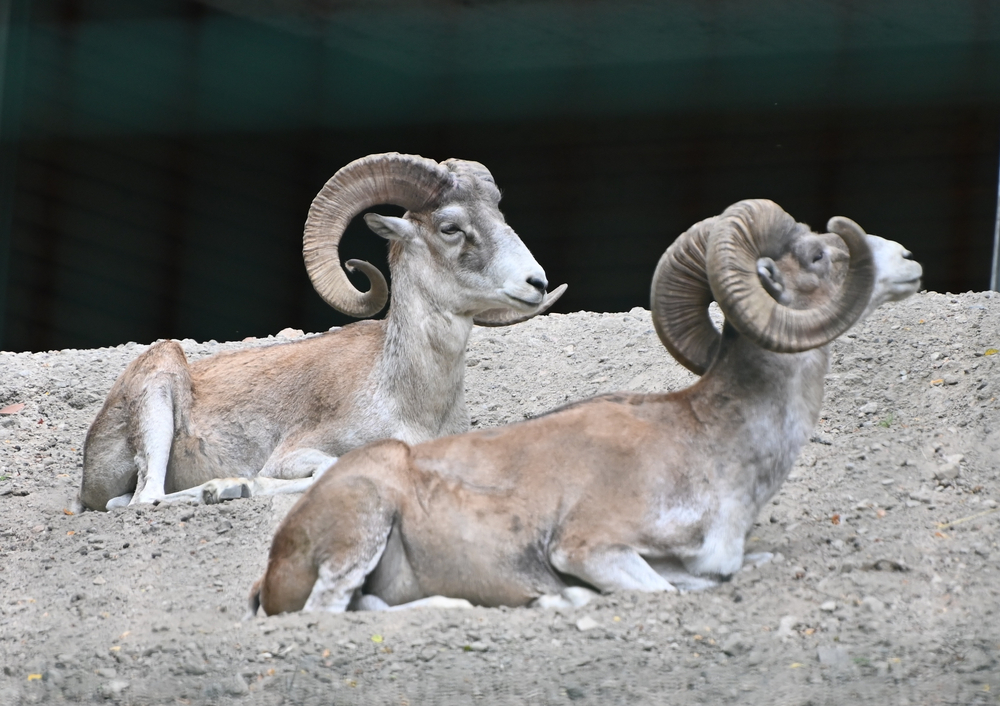
Salkyn-Tor Nature Park
Explore Now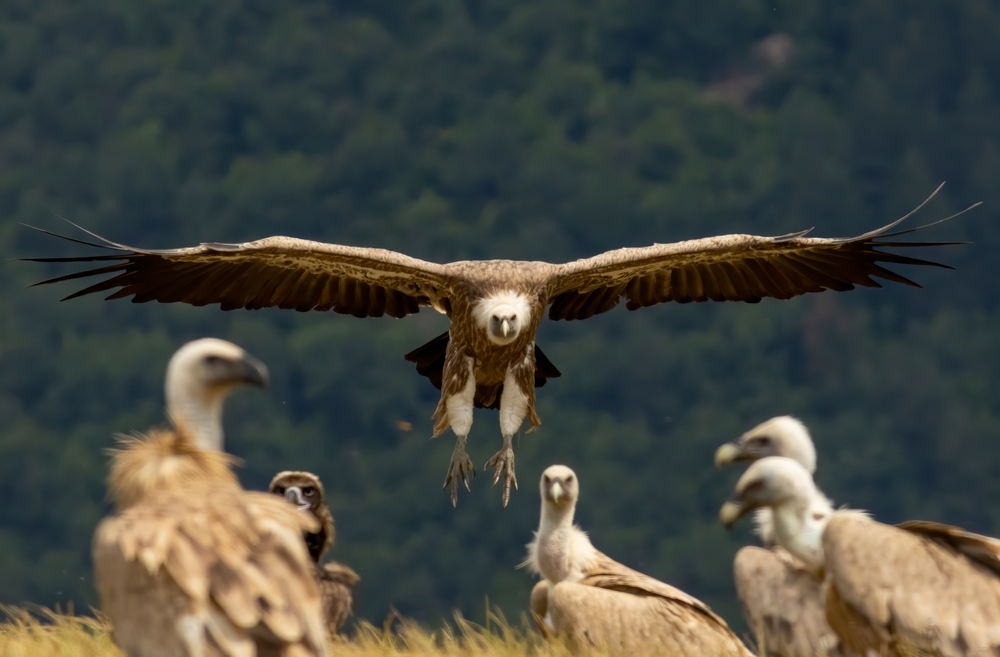
Sarkent Nature Park
Explore NowFAQ’s
1. What was the first national park in Kyrgyzstan?
2. What is the largest national park in Kyrgyzstan?
Sary-Chelek Biosphere Reserve is one of the largest protected areas in Kyrgyzstan, covering approximately 370 square miles (957 square kilometers).
Located in the western part of the country, the reserve is famous for its stunning mountain lakes, dense forests, and diverse ecosystems. Sary-Chelek is home to a wide variety of wildlife, including bears, snow leopards, and ibex, making it a vital conservation area.
3. What is the smallest national park in Kyrgyzstan?
Karakol Nature Park, located near the town of Karakol on the shores of Lake Issyk-Kul, is one of the smaller national parks in Kyrgyzstan, covering around 36 square miles (93 square kilometers).
Despite its size, the park is a haven for alpine landscapes, glaciers, and mountain peaks, offering excellent trekking and outdoor adventures in the Tian Shan Mountains.
4. What is the most popular national park in Kyrgyzstan?
Ala-Archa National Park is the most popular national park in Kyrgyzstan, especially for its accessibility and stunning natural beauty.
The park’s main attractions include its towering mountain peaks, such as Pik Semenov-Tian-Shanskiy, and its scenic trekking routes that wind through glaciers, rivers, and dense forests.
It’s a top destination for hiking, climbing, and weekend escapes for both tourists and locals. The park’s proximity to Bishkek and the wealth of outdoor activities make it an ideal location for those looking to experience the rugged beauty of Kyrgyzstan’s alpine environment.
5. What percentage of Kyrgyzstan’s land area is protected through official National Parks?
Approximately 4.6% of Kyrgyzstan’s land area is protected through national parks and other protected areas, covering around 4,177 square miles (10,818 square kilometers). These areas are vital for preserving the country’s unique ecosystems, including its vast mountains, rivers, and alpine meadows.
6. What other protected areas are there in Kyrgyzstan?
In addition to national parks, Kyrgyzstan has several nature reserves and conservation areas that play a crucial role in protecting its biodiversity. Sary-Chelek Biosphere Reserve, a UNESCO site, is home to pristine forests, high-altitude lakes, and rare species of flora and fauna.
Another important protected area is the Issyk-Kul Biosphere Reserve, which surrounds the famous Issyk-Kul Lake, one of the largest and deepest lakes in the world. This reserve is important for conserving wetland habitats and migratory bird species.
The Karakol Nature Park, located near the town of Karakol, is another example of protected land preserving unique mountainous landscapes and diverse wildlife.
7. What nature attractions does Kyrgyzstan have apart from National Parks?
Kyrgyzstan is home to a wealth of natural attractions beyond its national parks. Issyk-Kul Lake, the world’s second-largest alpine lake, is a major draw, offering pristine beaches, water sports, and incredible mountain views.
The Tian Shan Mountains provide some of the most dramatic landscapes in Central Asia, with opportunities for trekking, mountaineering, and exploring remote valleys. Son-Kul Lake, located high in the mountains, is another popular attraction known for its summer pastures, nomadic culture, and birdwatching.
Additionally, the Jeti-Ögüz Gorge features red rock formations and offers both scenic beauty and opportunities for hiking and horse riding.
8. What species are endemic and unique to Kyrgyzstan alone?
While Kyrgyzstan shares much of its biodiversity with neighboring countries, it is home to several species that are of particular regional importance.
The Snow leopard, though not endemic to Kyrgyzstan, is an iconic species that inhabits the country’s remote mountain ranges. The Marco Polo sheep, a species of wild sheep with impressive spiral horns, is found in Kyrgyzstan’s high-altitude regions.
The Tien Shan brown bear, a subspecies of the brown bear, also roams the mountain ranges. Additionally, the Kyrgyz birch is a unique species of tree found in the country’s alpine forests.
9. What is Kyrgyzstan’s main international airport?
Kyrgyzstan’s main international airport is Manas International Airport (IATA code: FRU), located about 25 kilometers northwest of the capital, Bishkek. It serves as the primary gateway for international and domestic travelers coming to Kyrgyzstan.
10. What international airline companies fly into Kyrgyzstan?
The following international airline companies fly into Kyrgyzstan:
- Air Astana
- Aeroflot
- FlyDubai
- Pegasus Airlines
- Turkish Airlines
- Uzbekistan Airways
11. Who manages the national parks of Kyrgyzstan?
The national parks and protected areas in Kyrgyzstan are managed by the State Agency on Environment Protection and Forestry. This agency is responsible for the conservation of natural resources, the protection of wildlife, and the sustainable management of the country’s natural landscapes.
Various international organizations, such as the United Nations Development Programme (UNDP) and World Wildlife Fund (WWF), collaborate with the Kyrgyz government to support conservation efforts.
More information can be found on the State Agency’s official website: http://www.nature.gov.kg.

